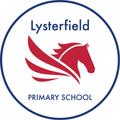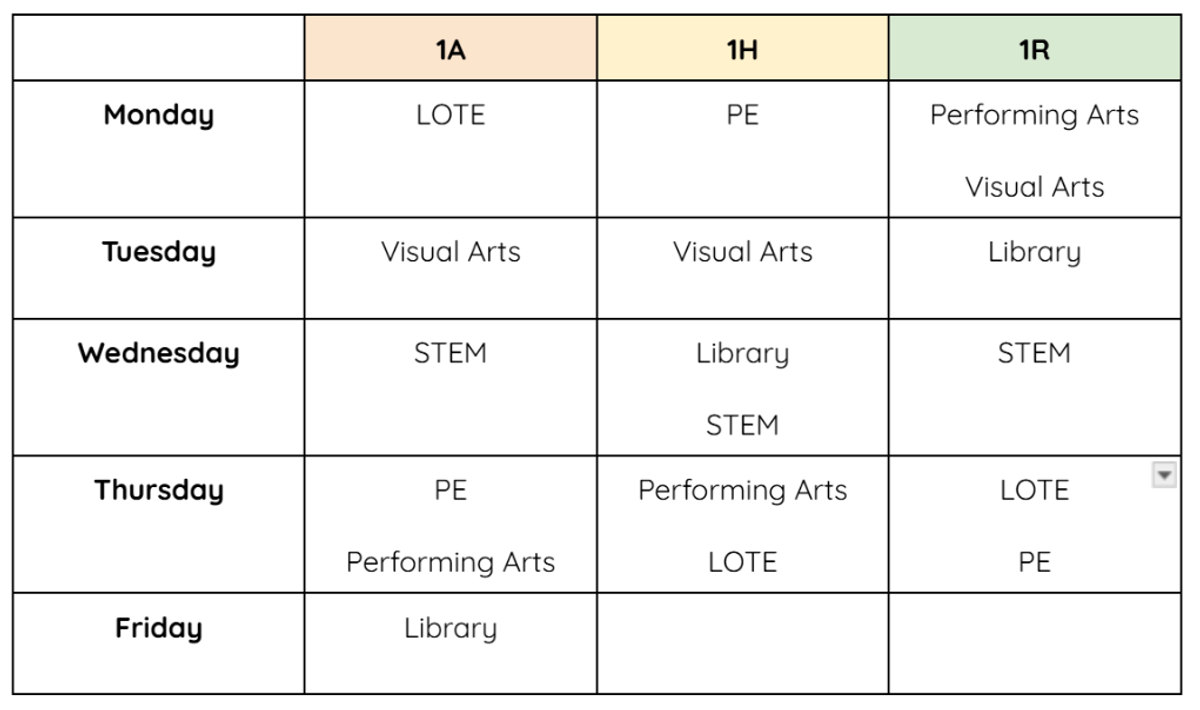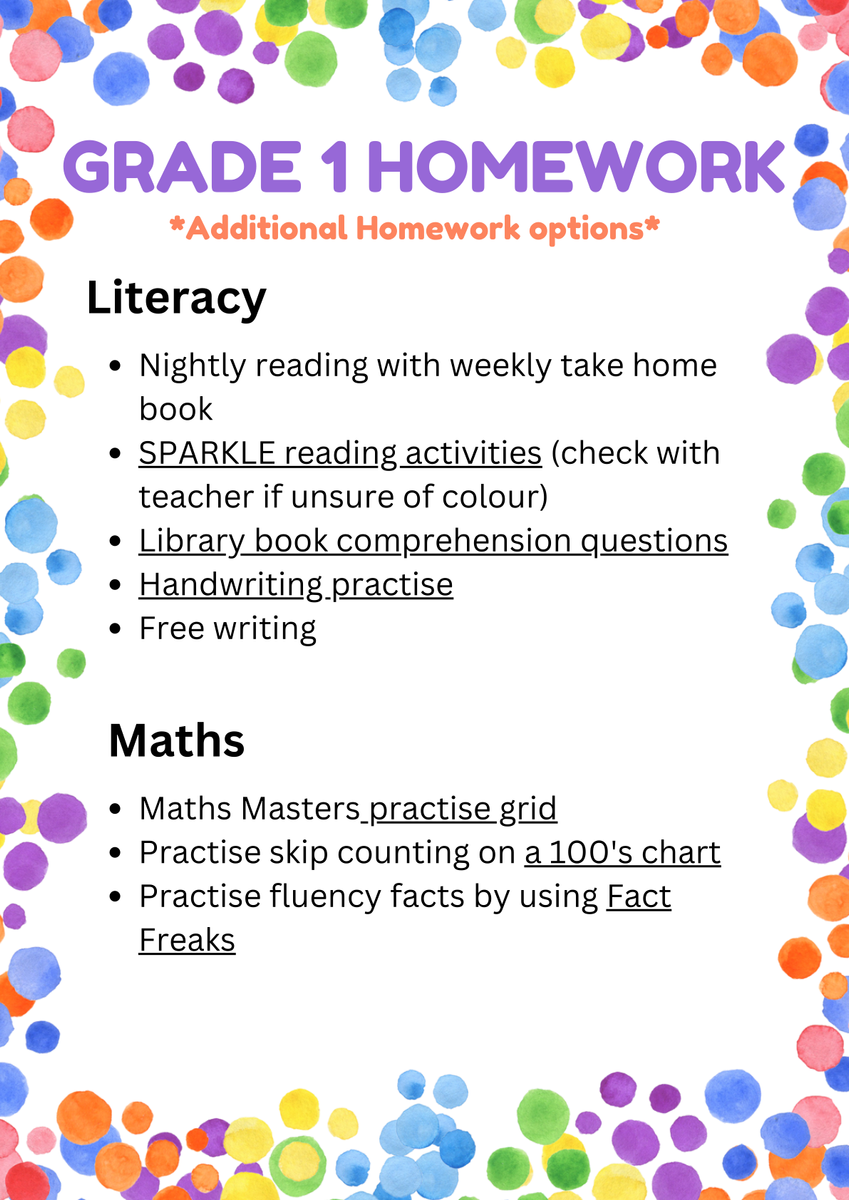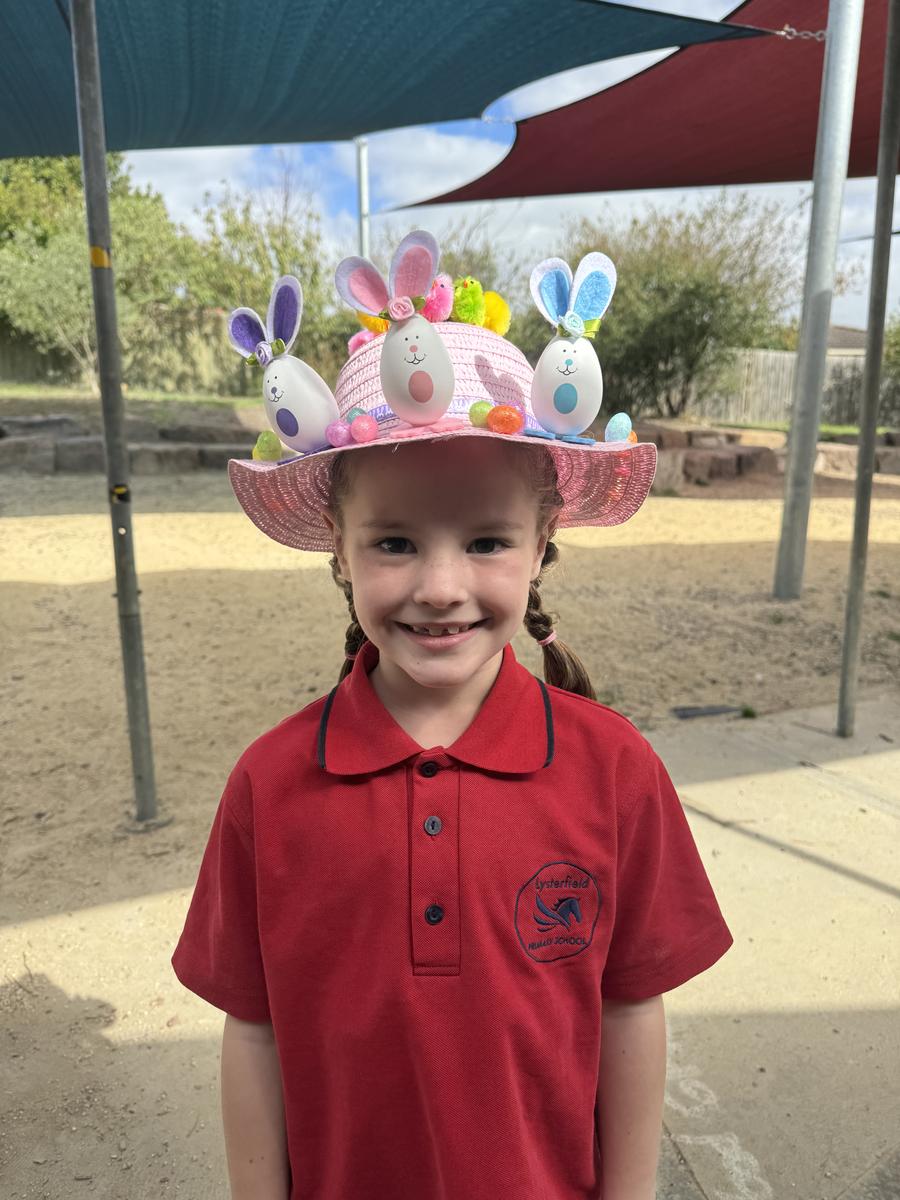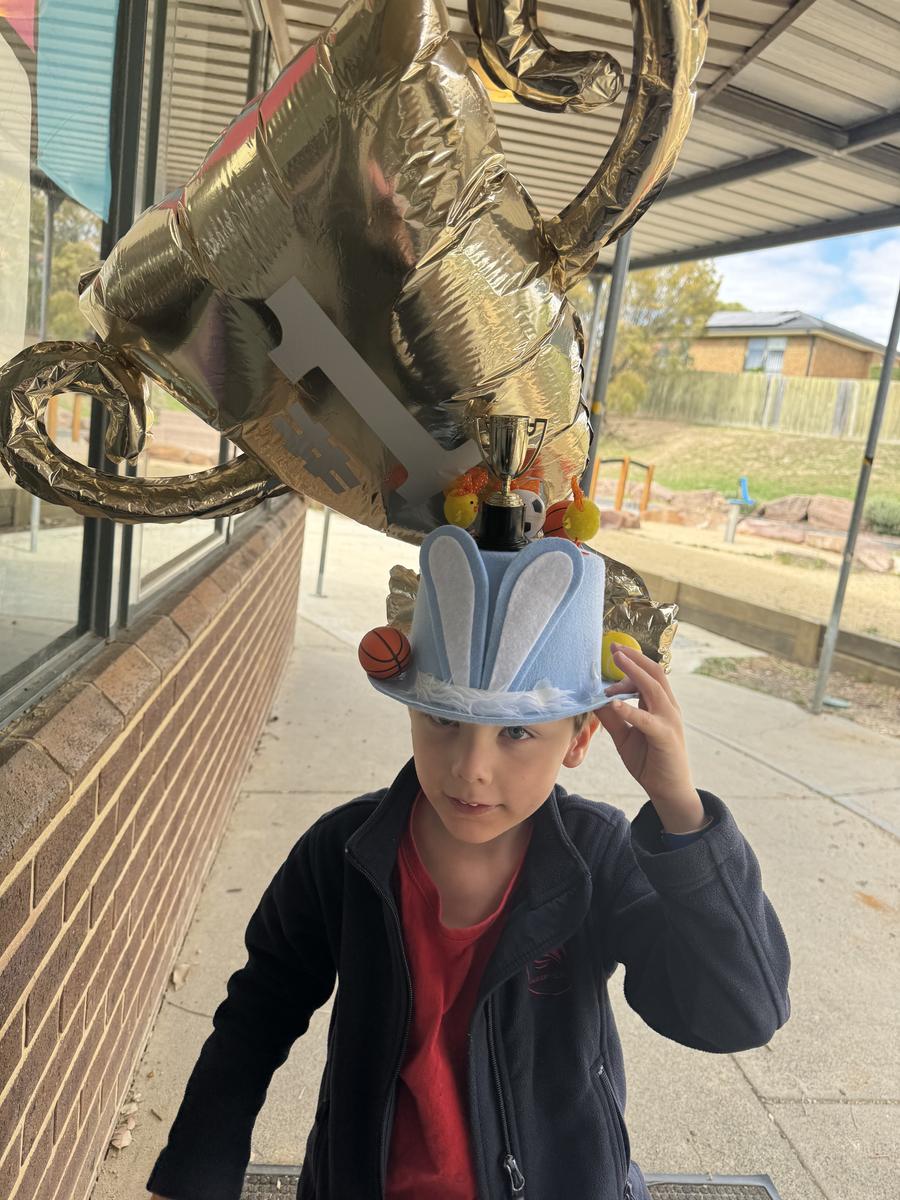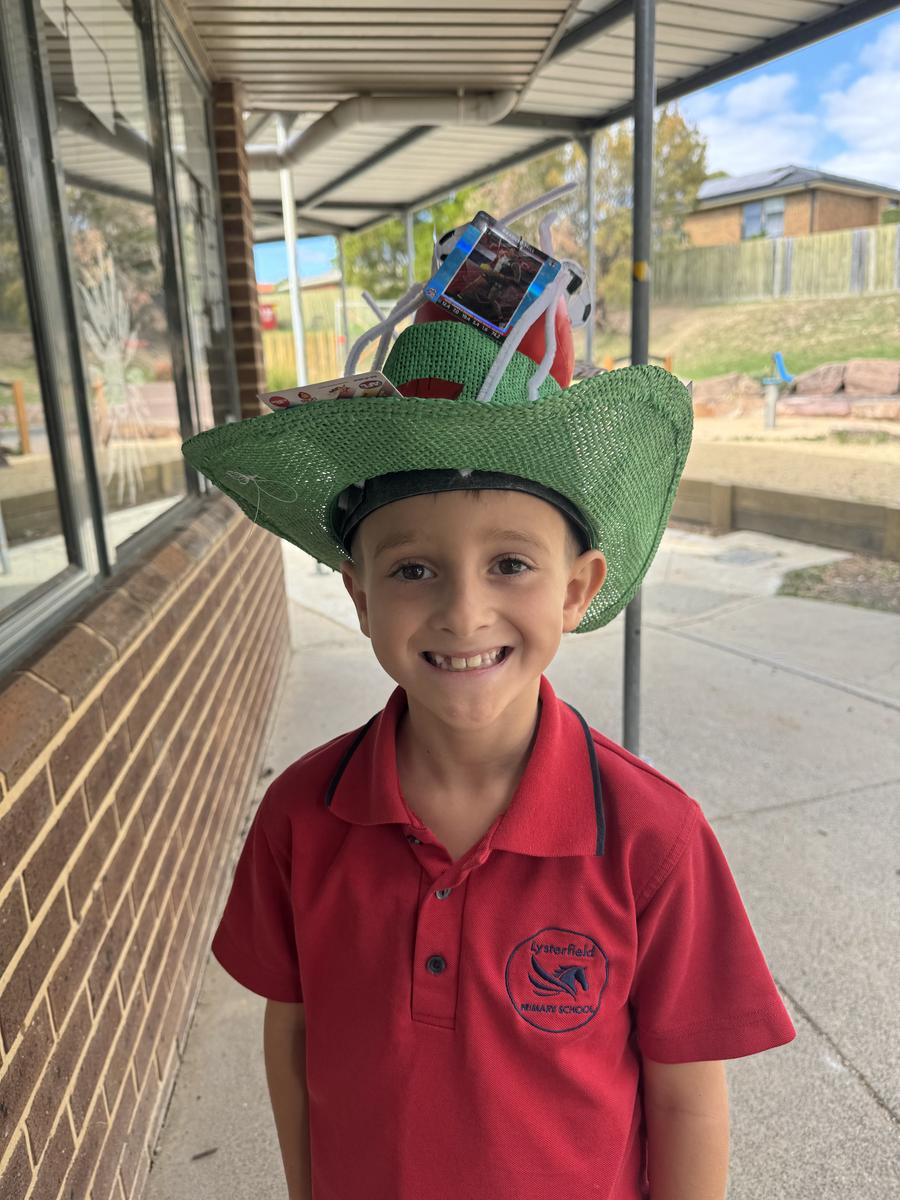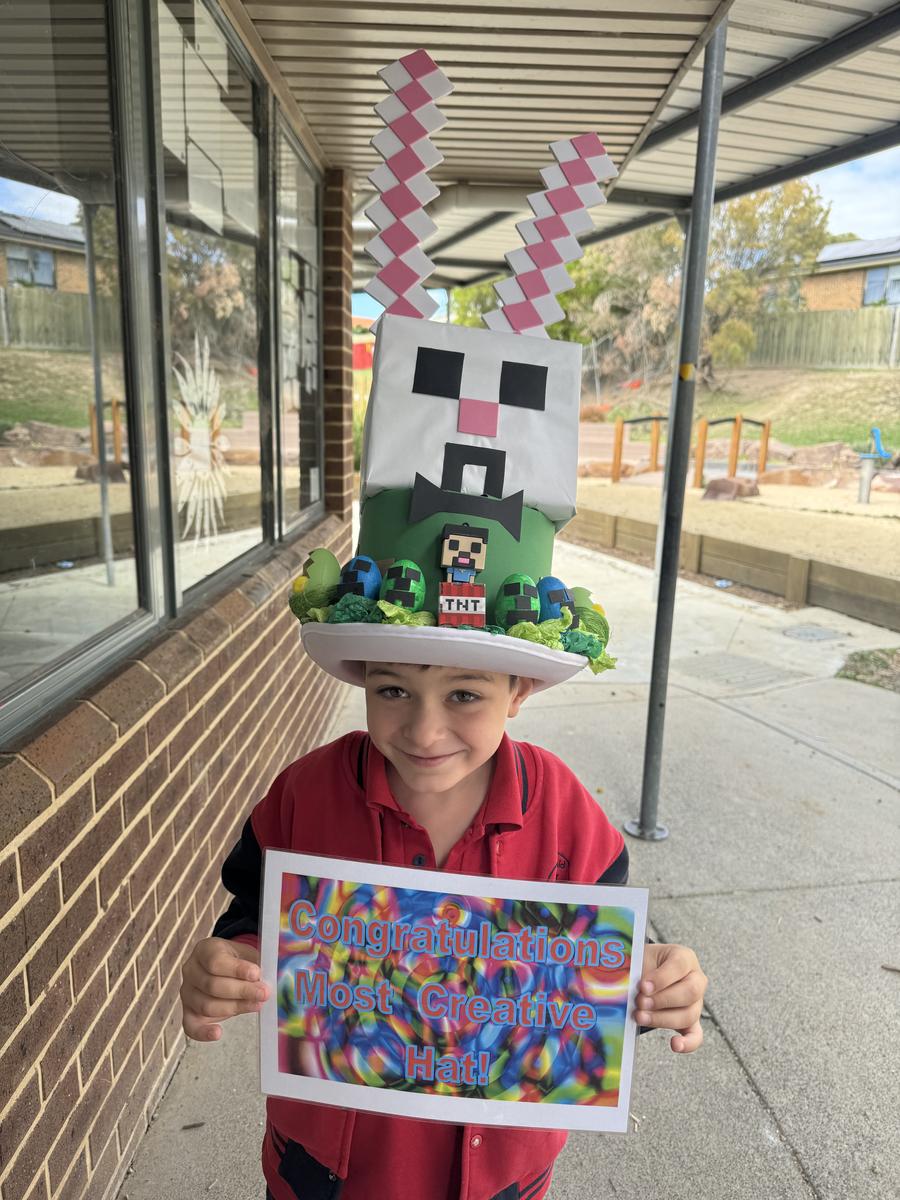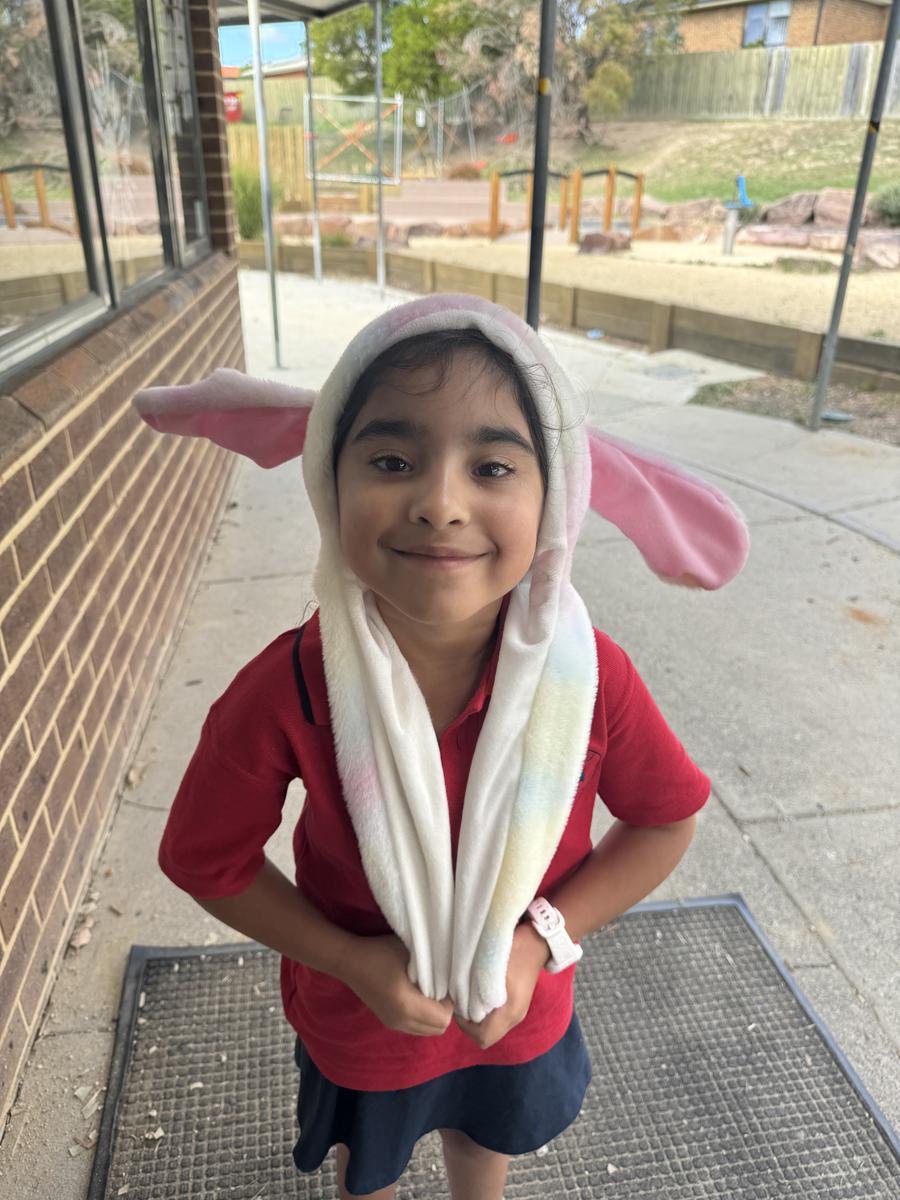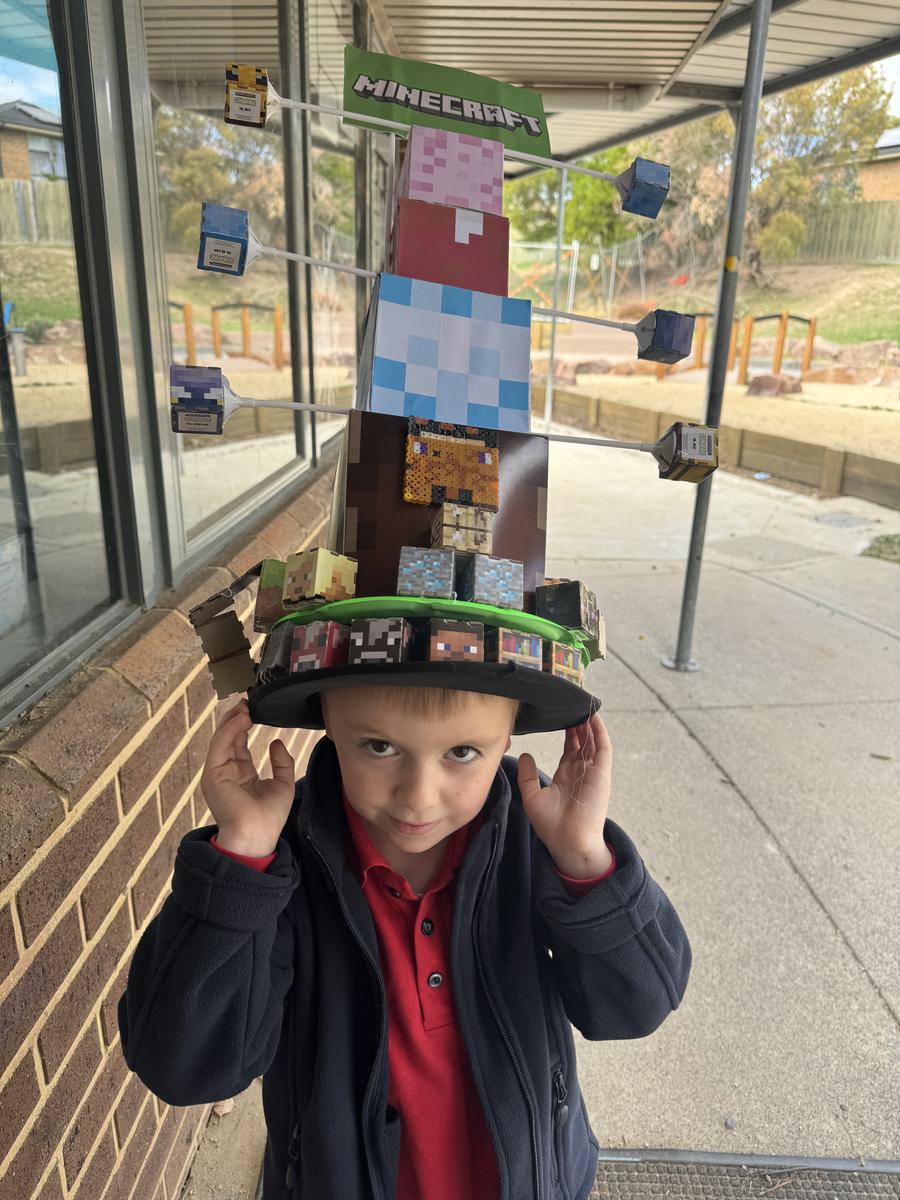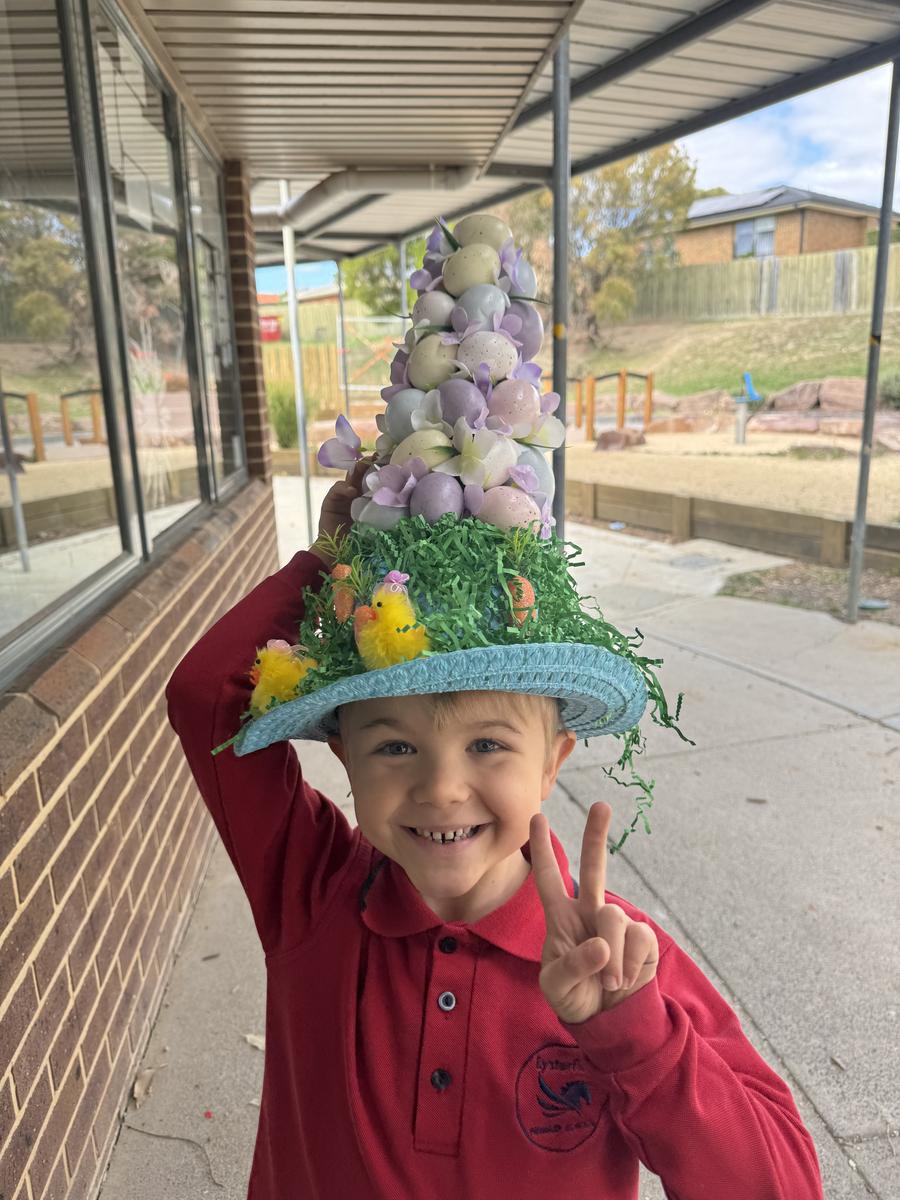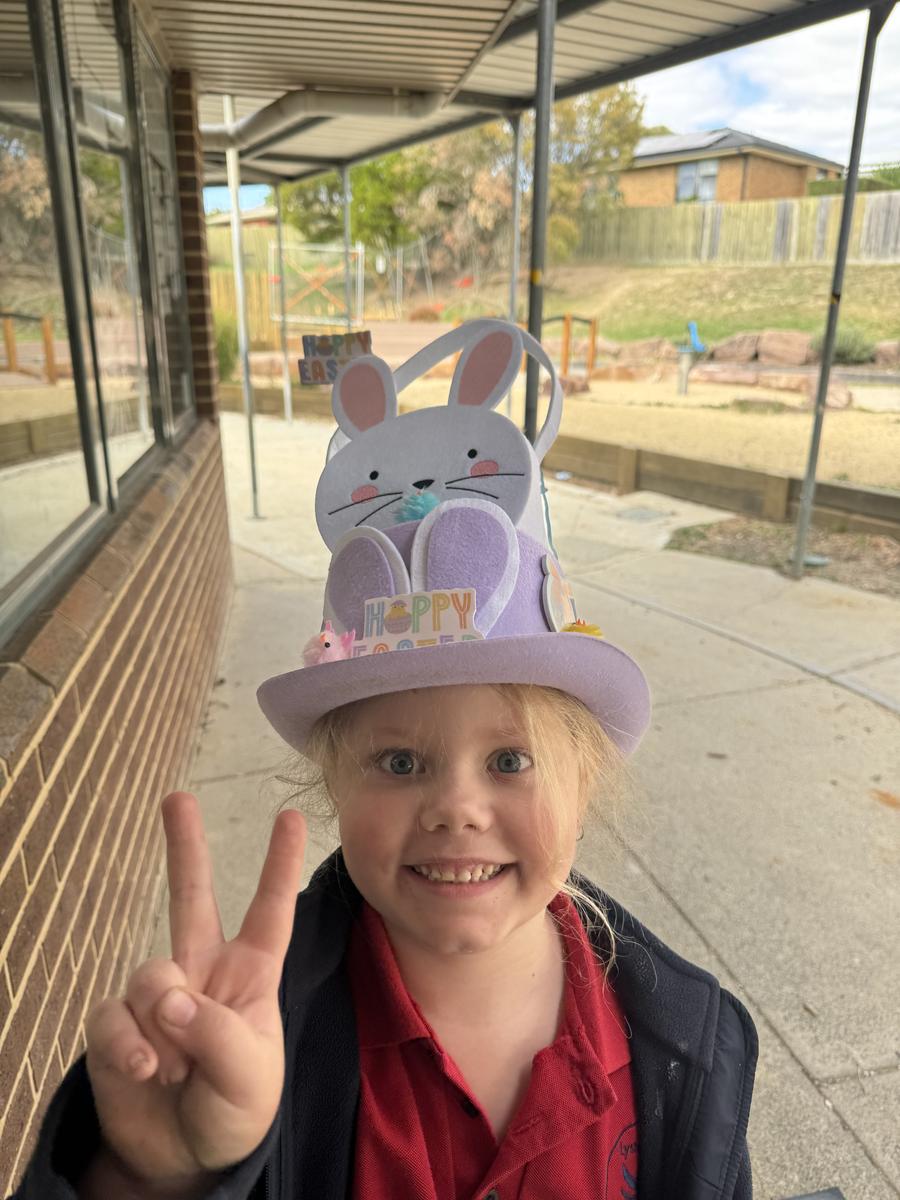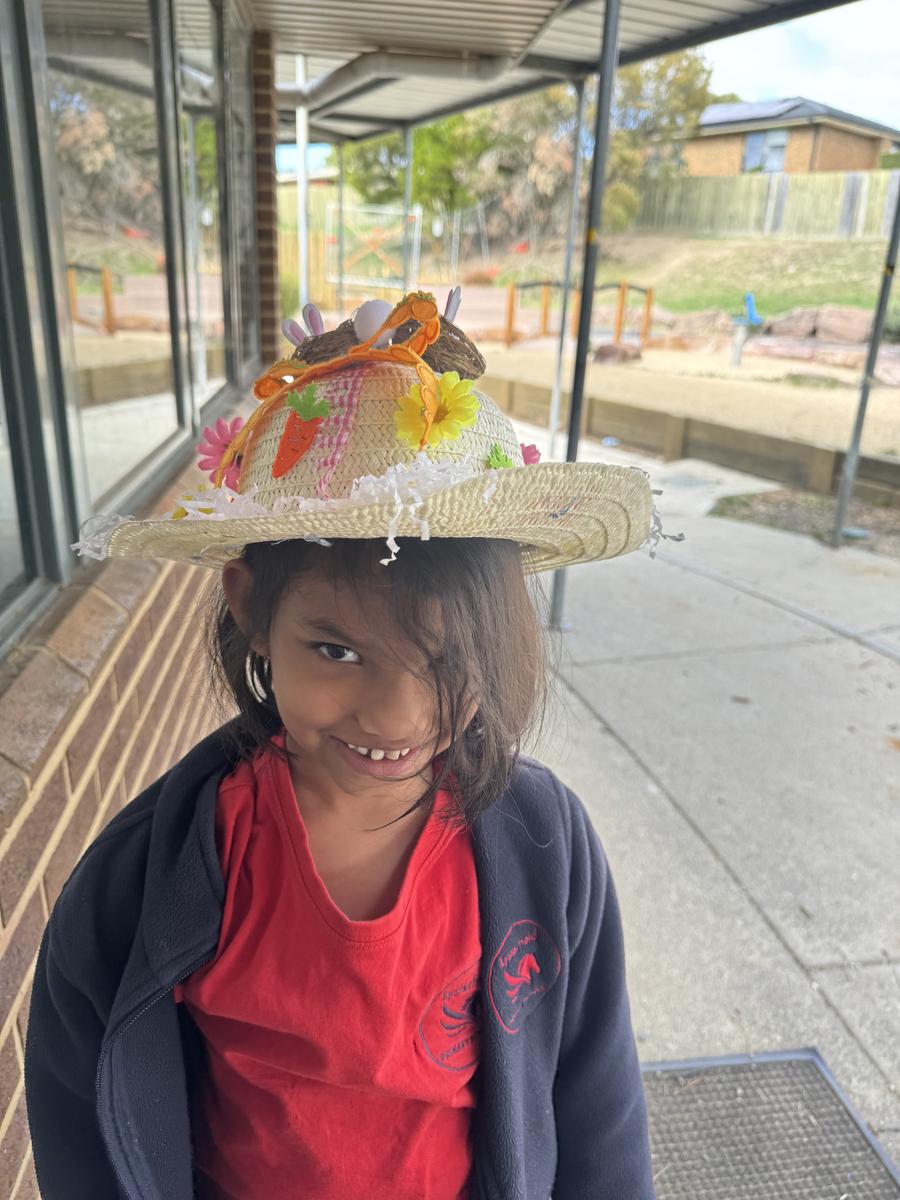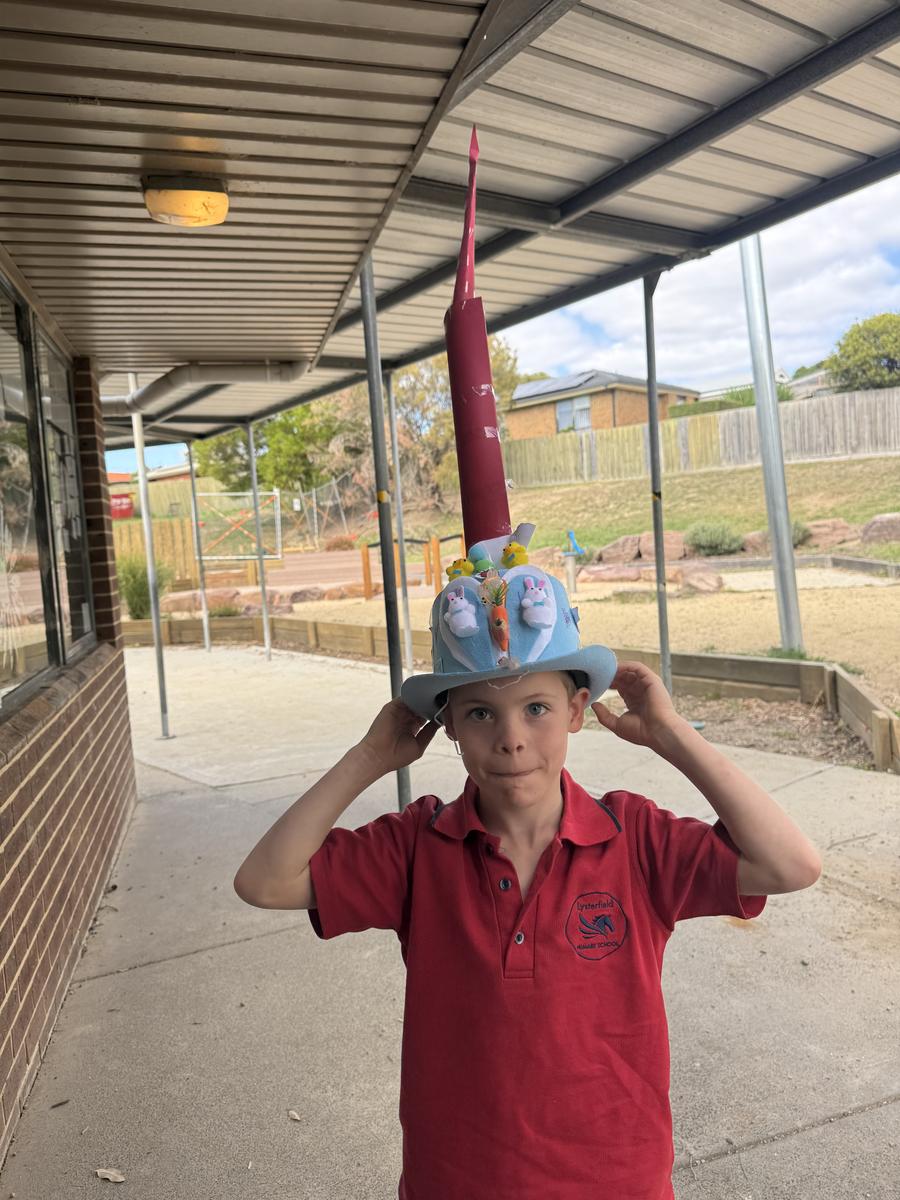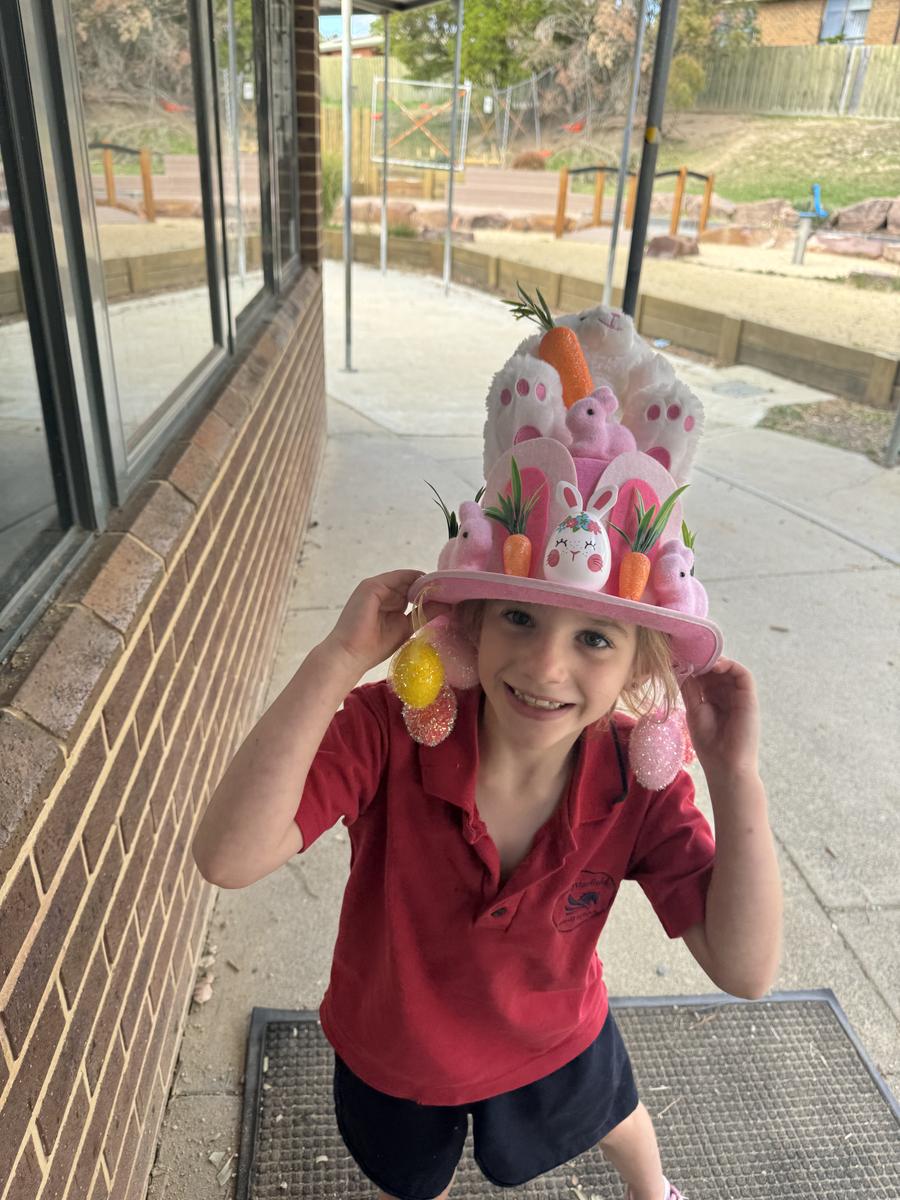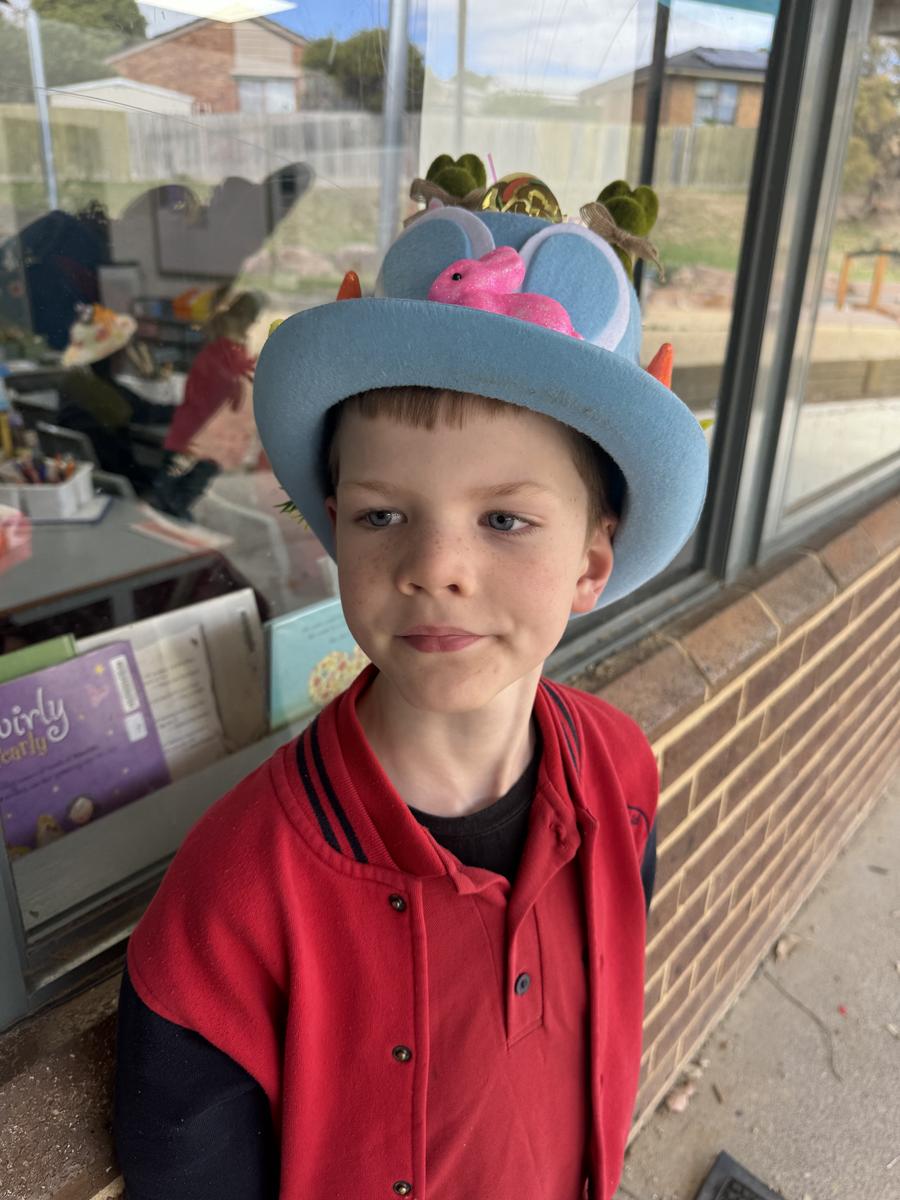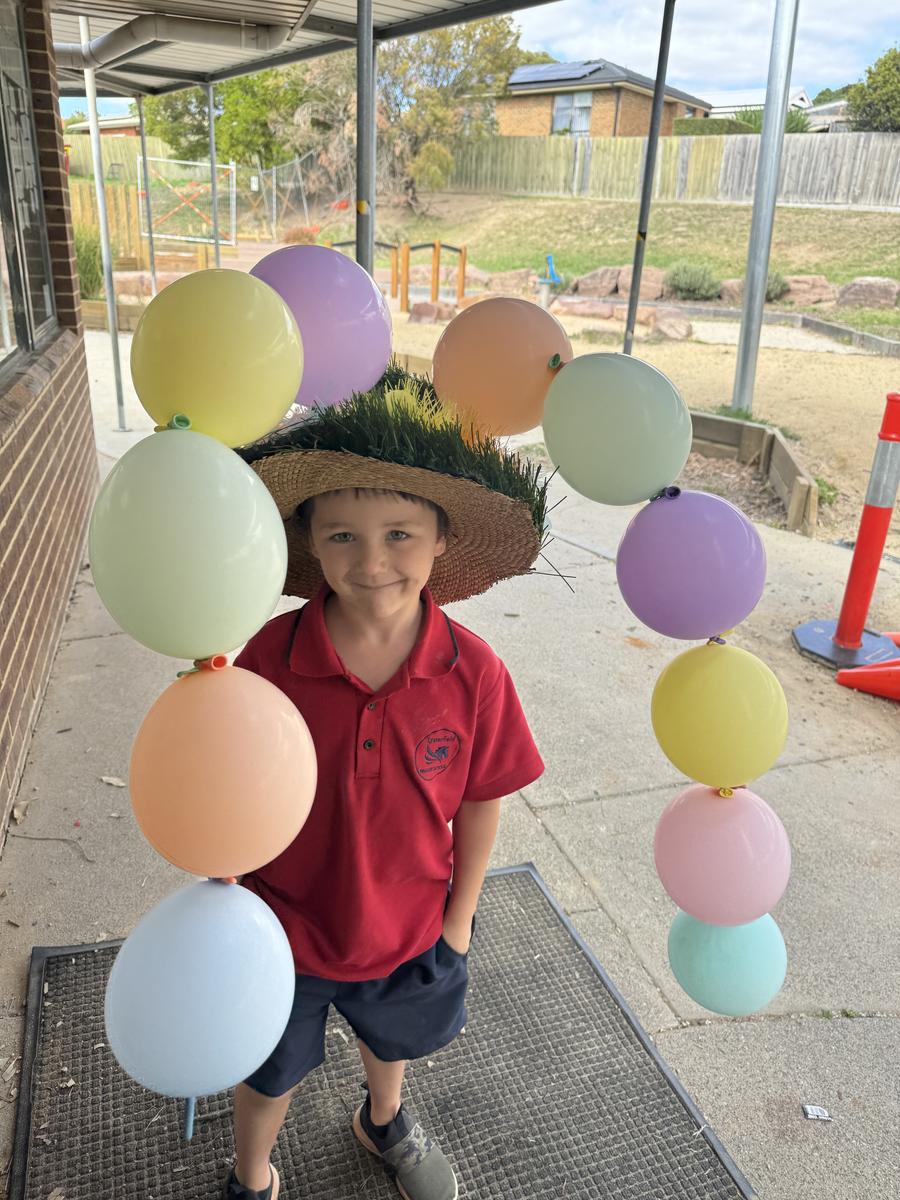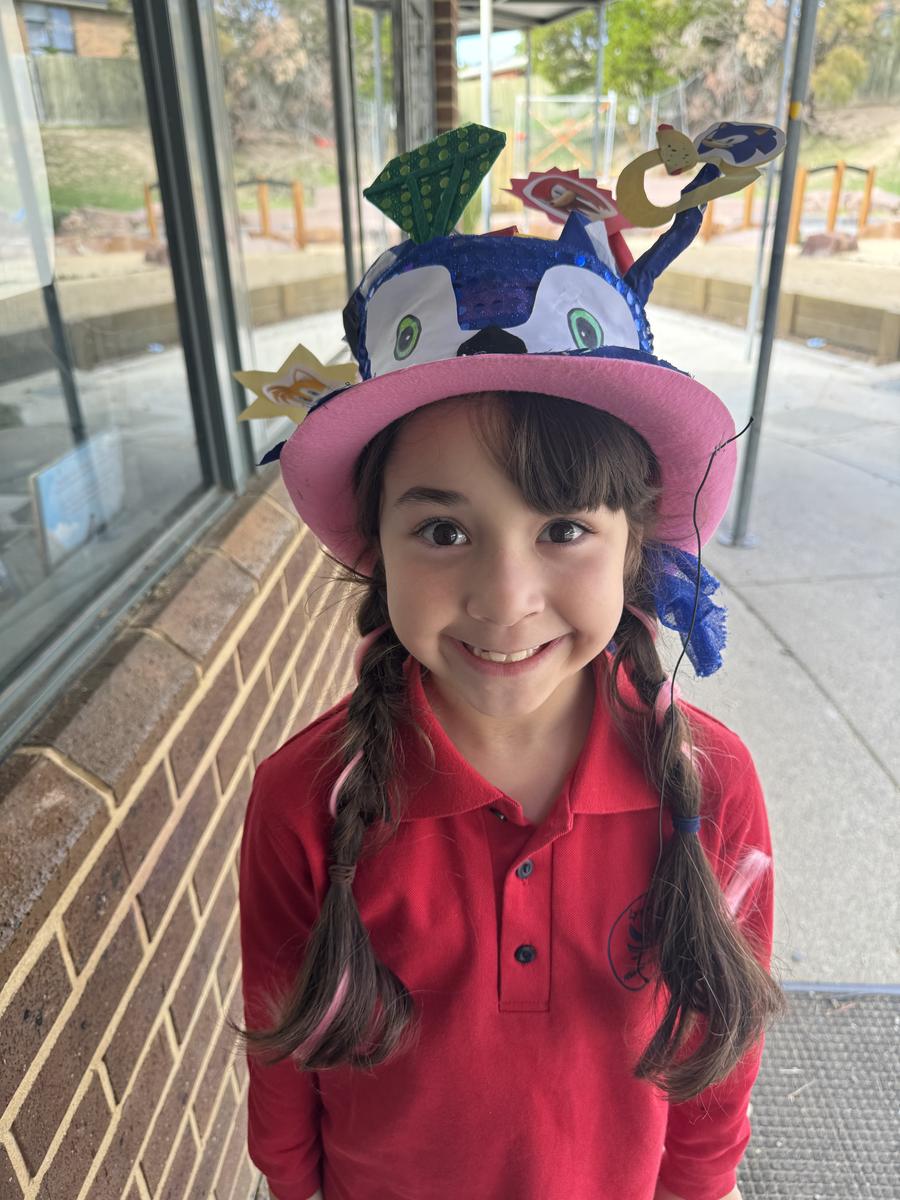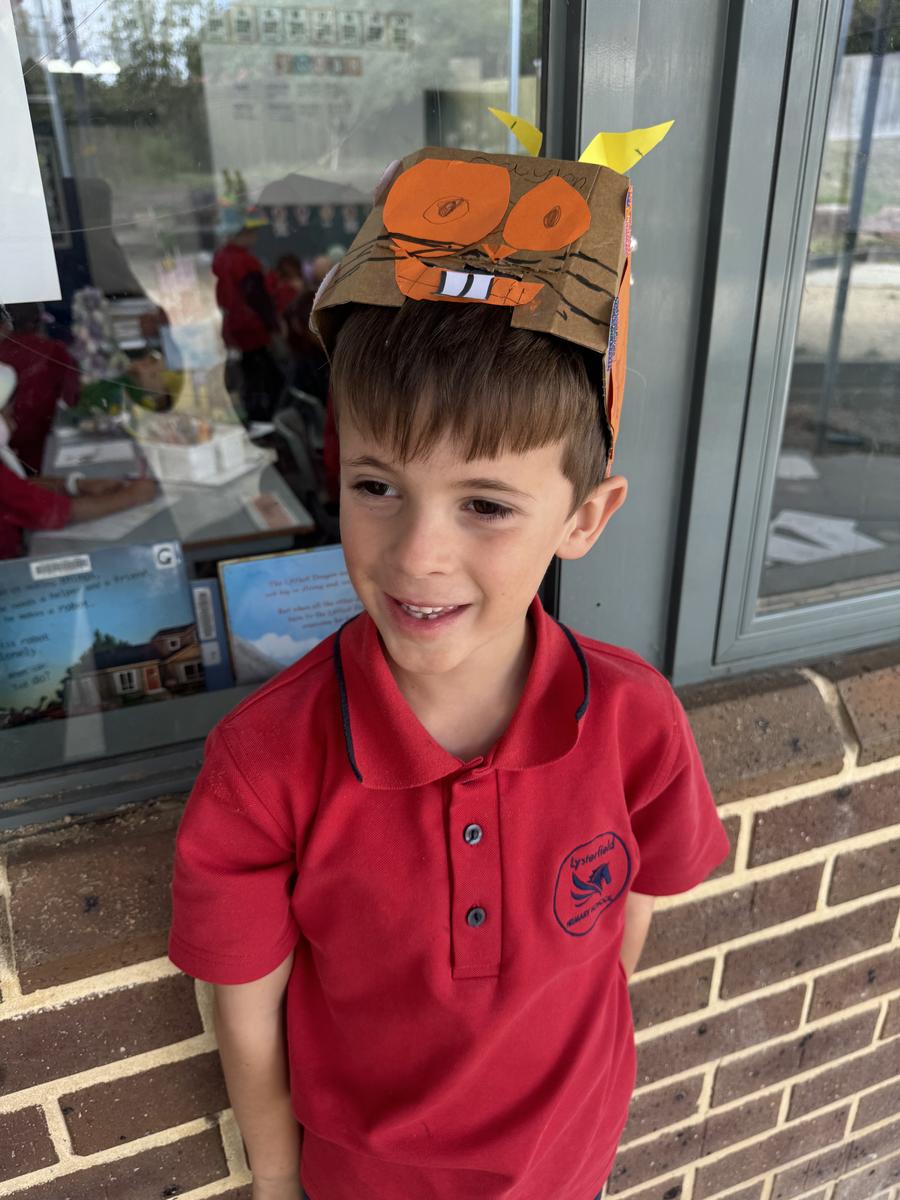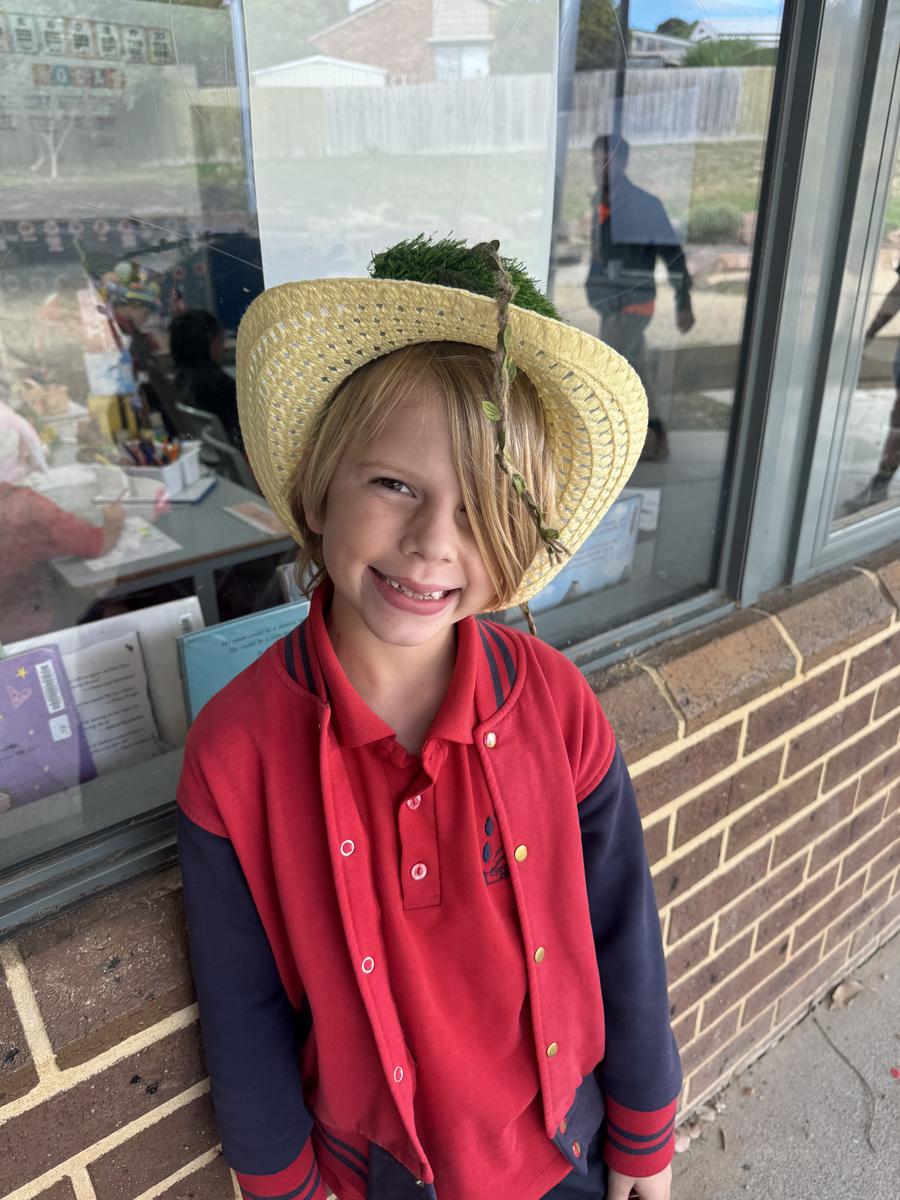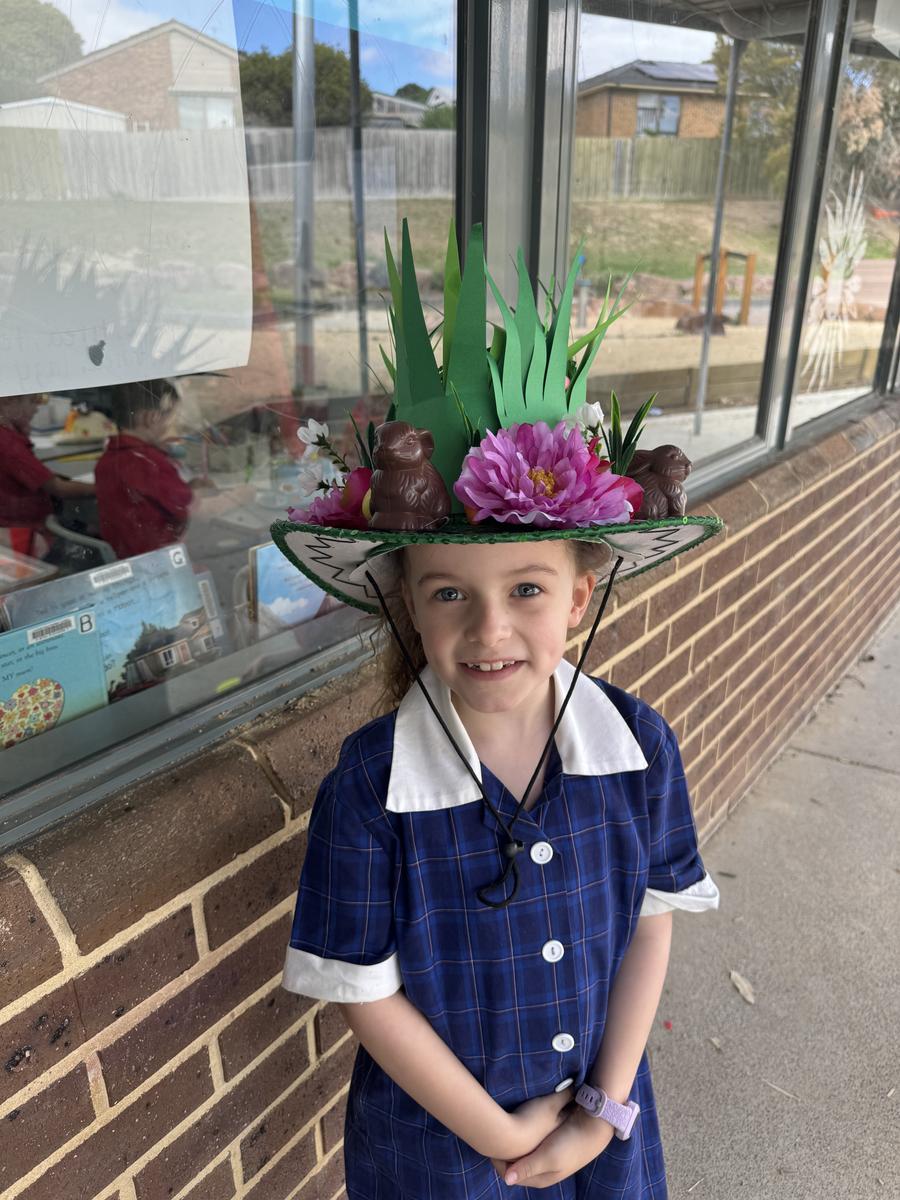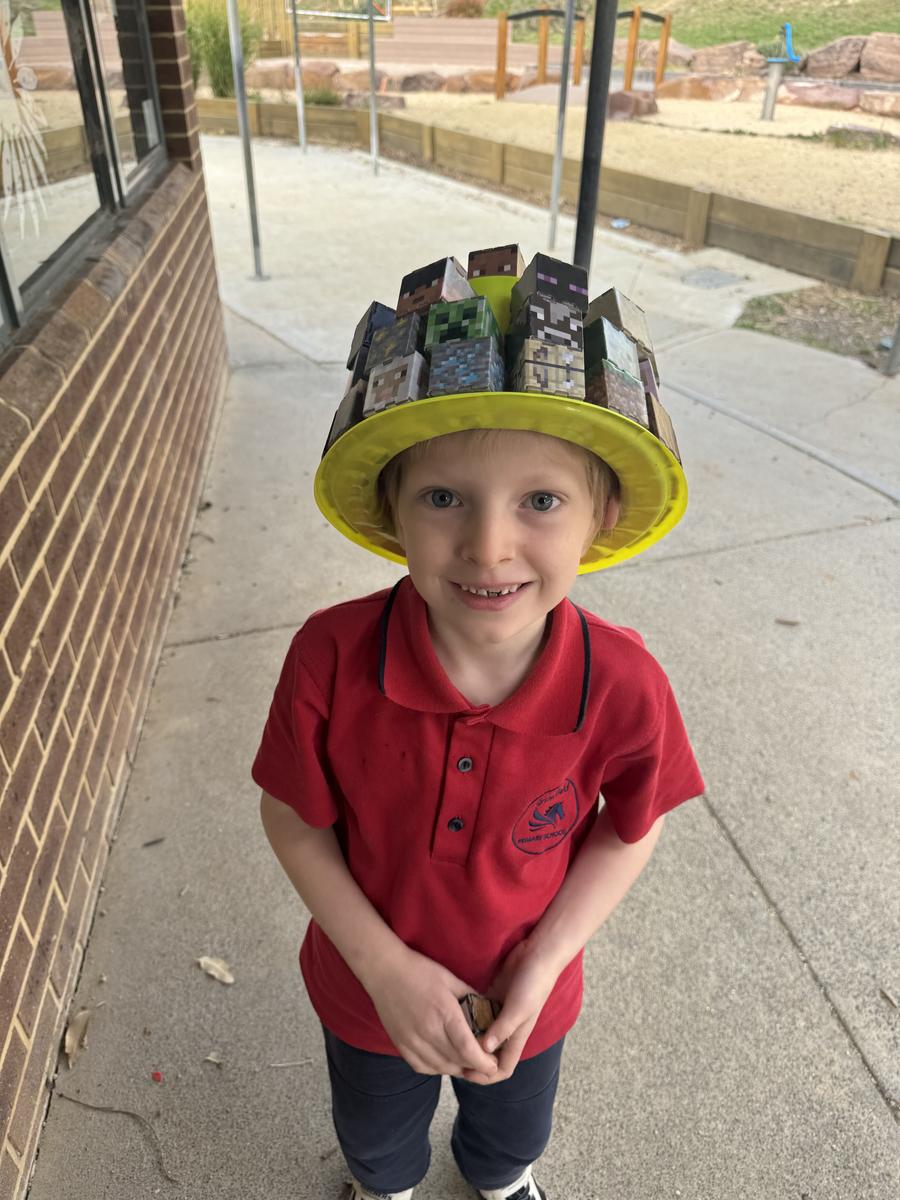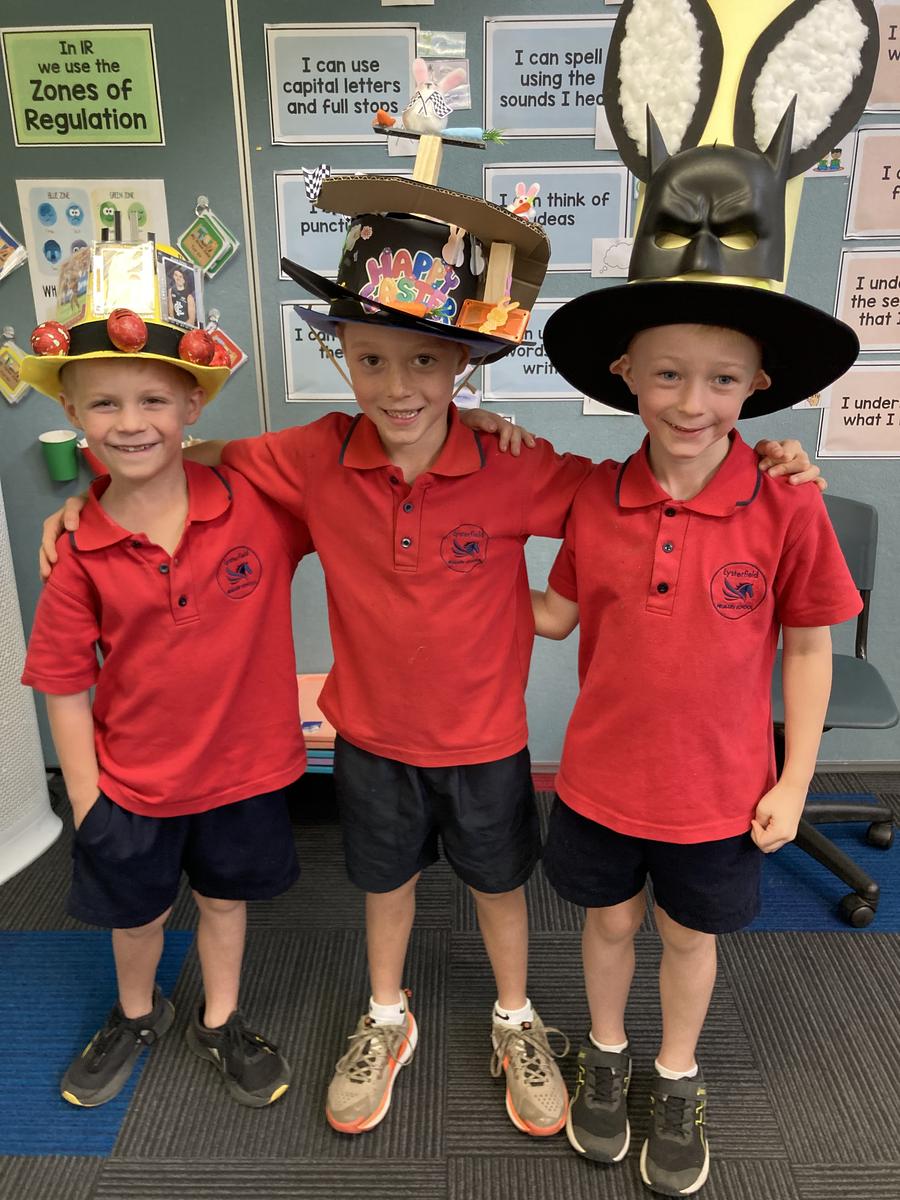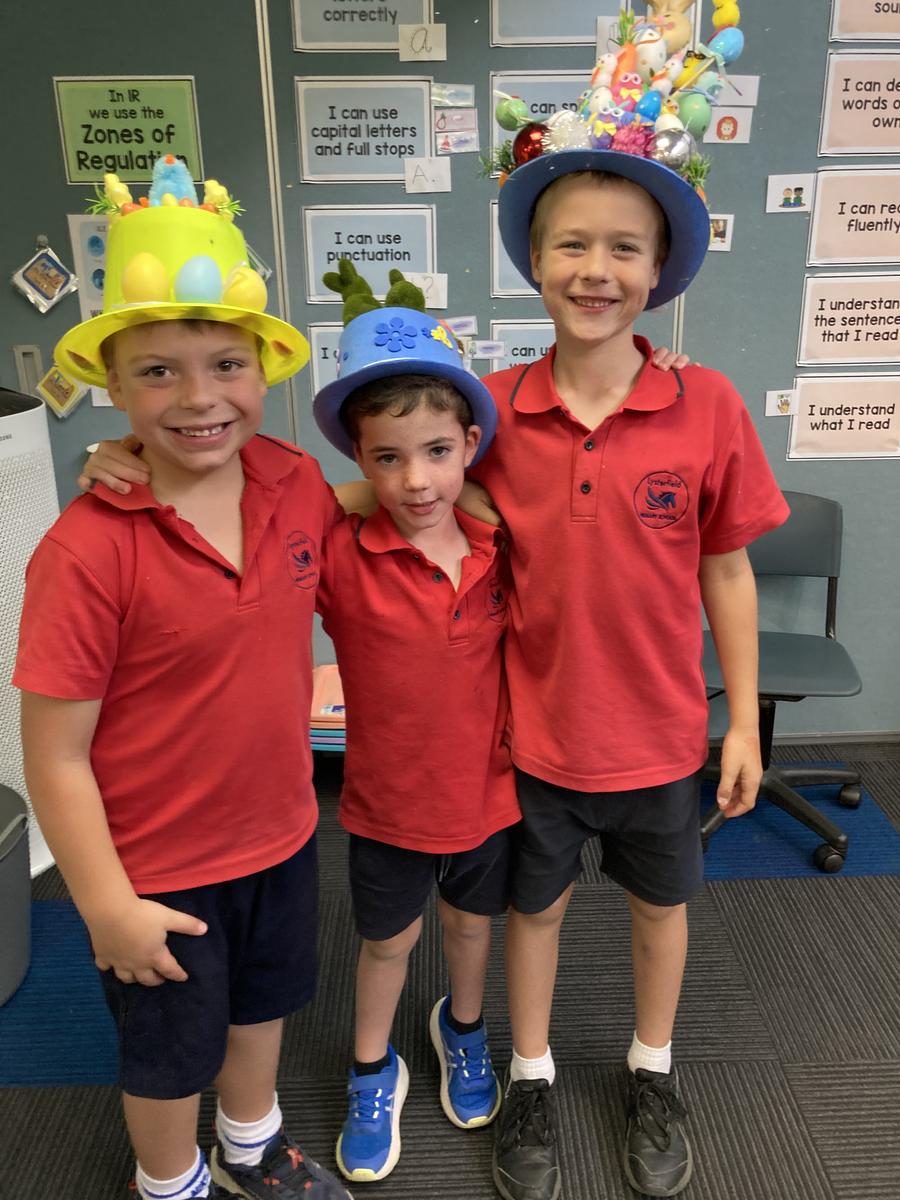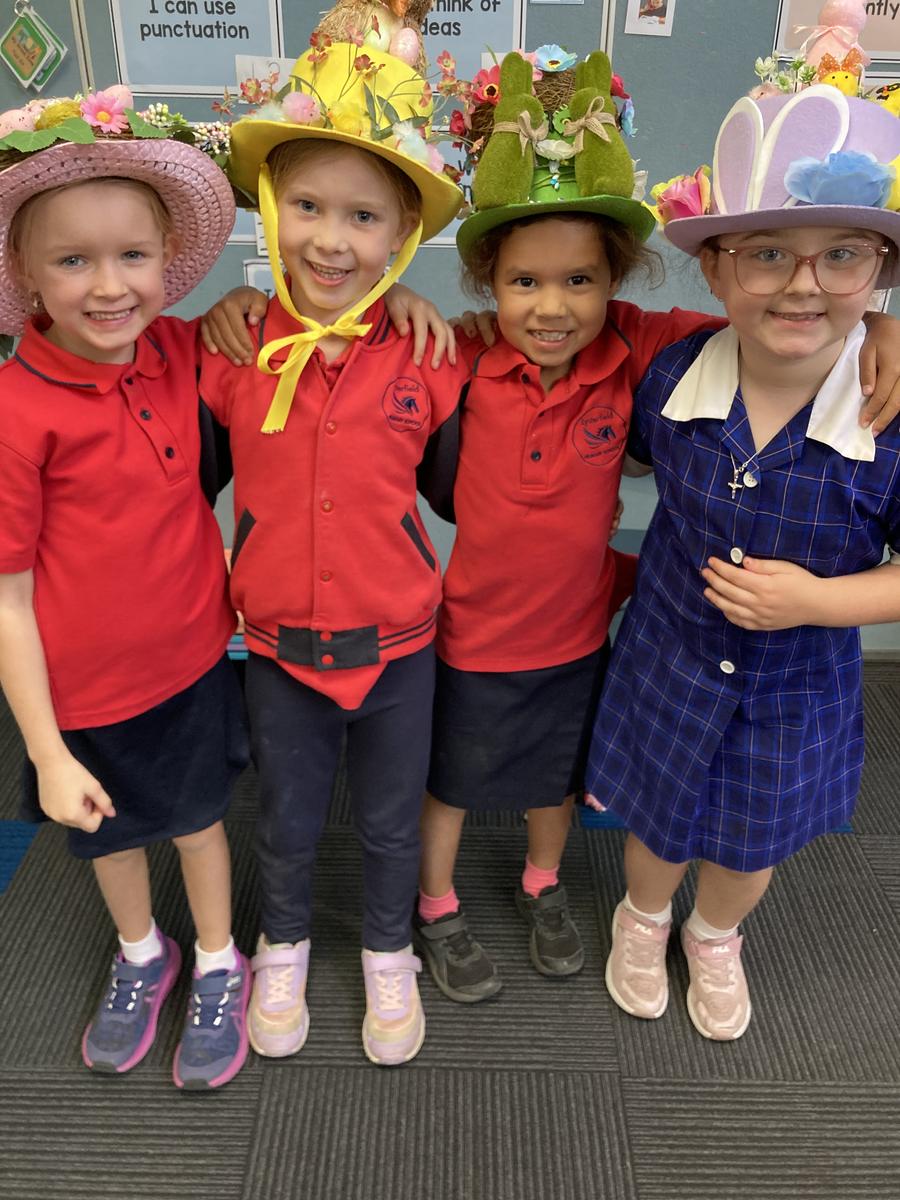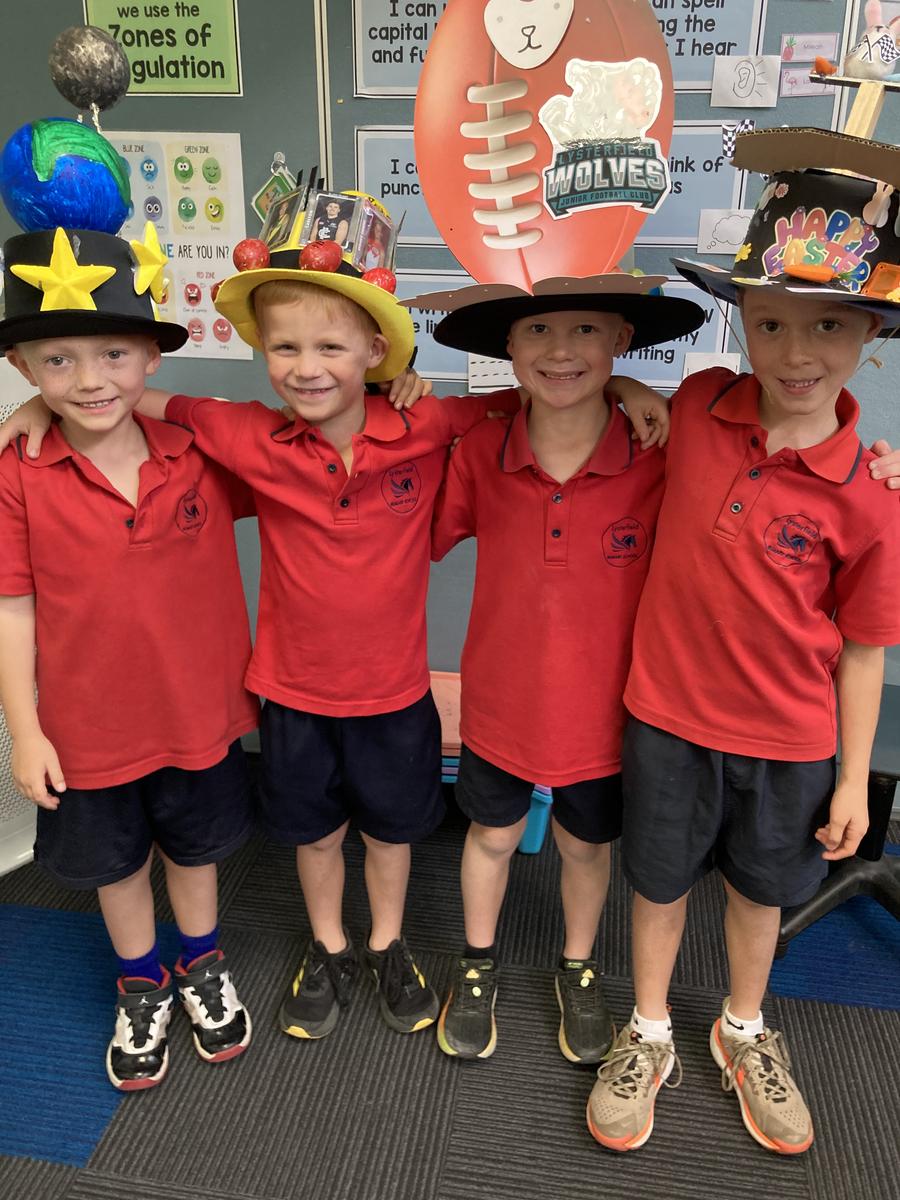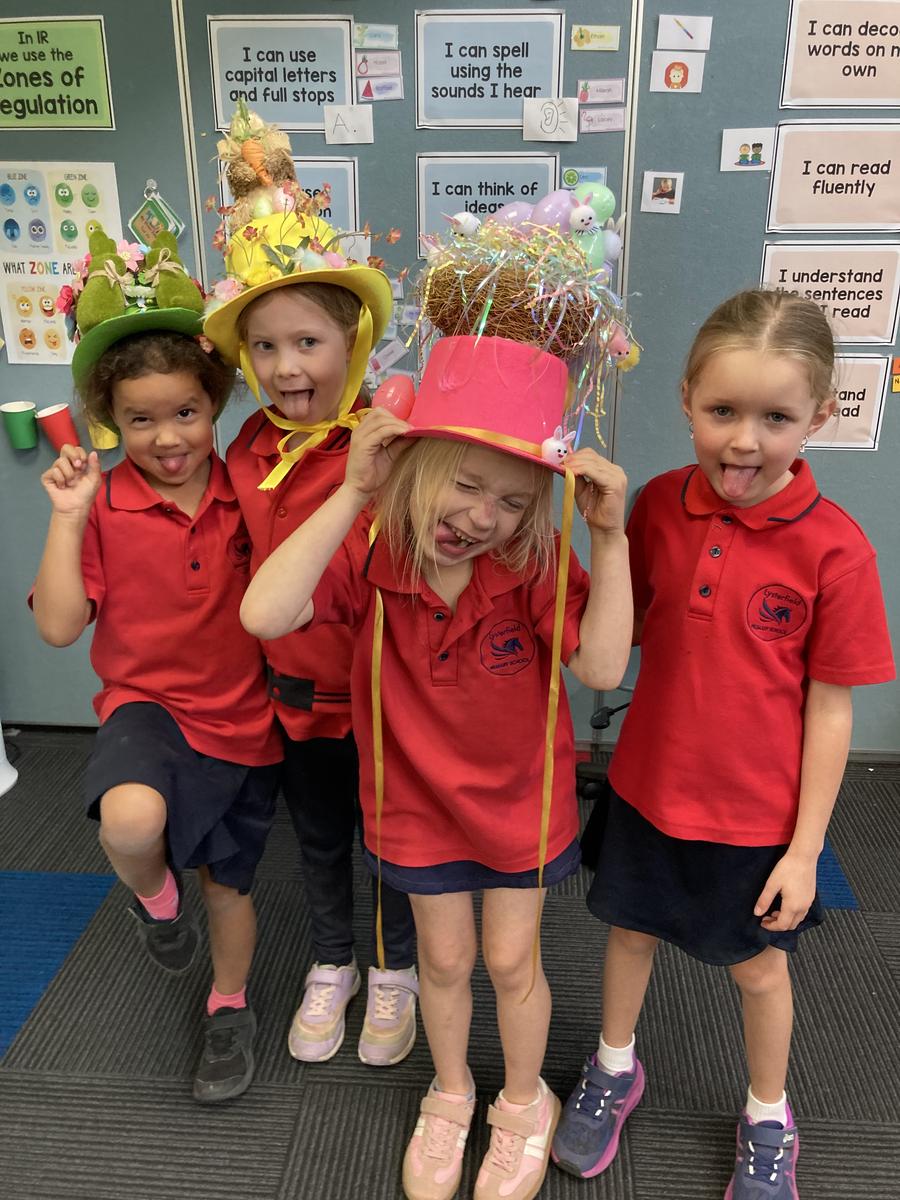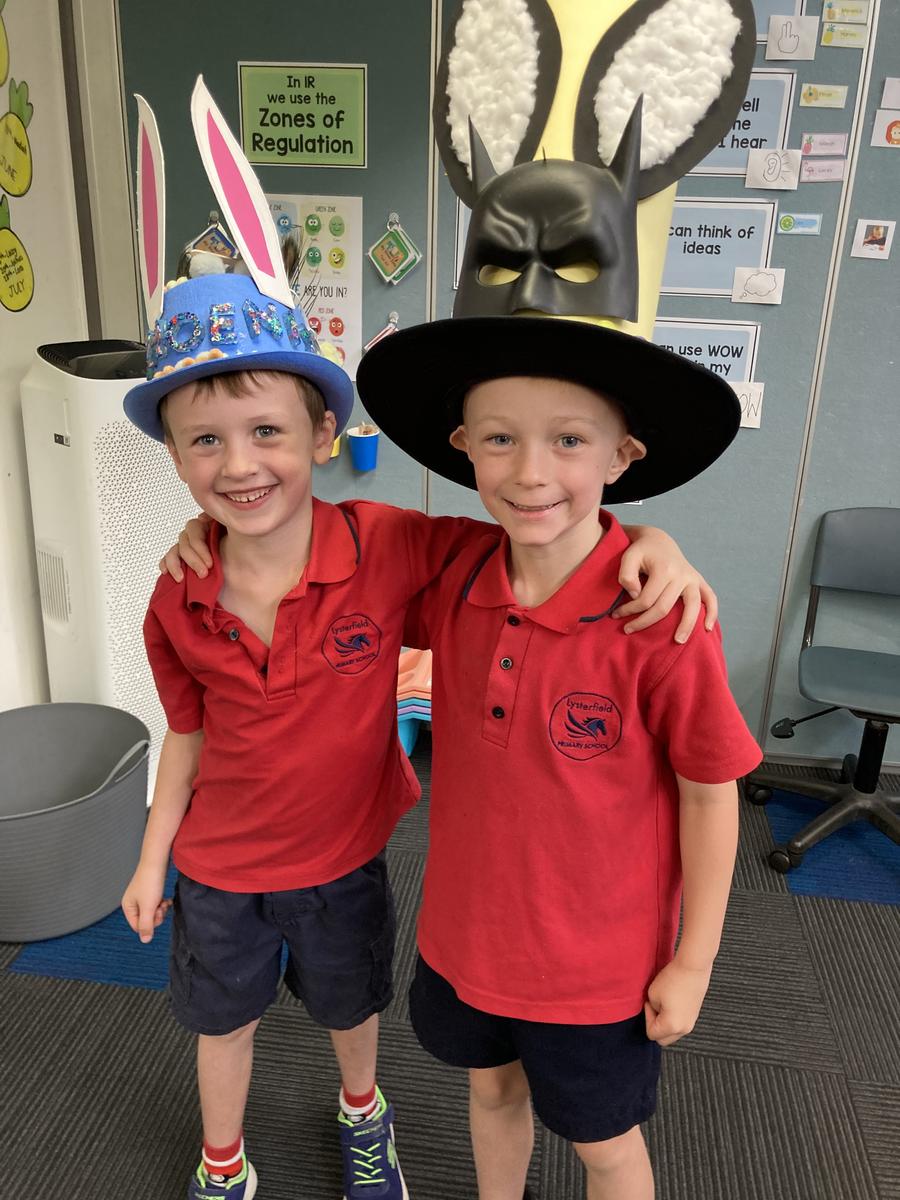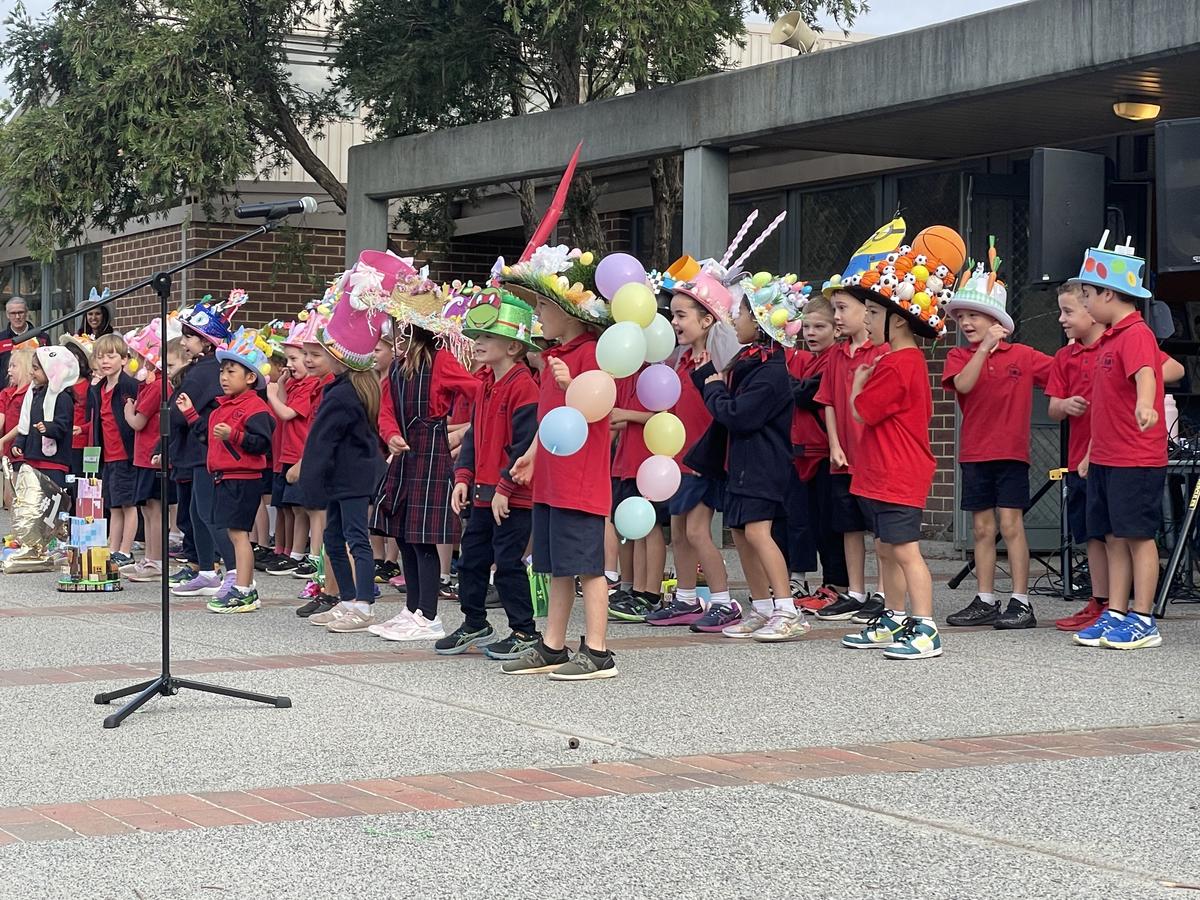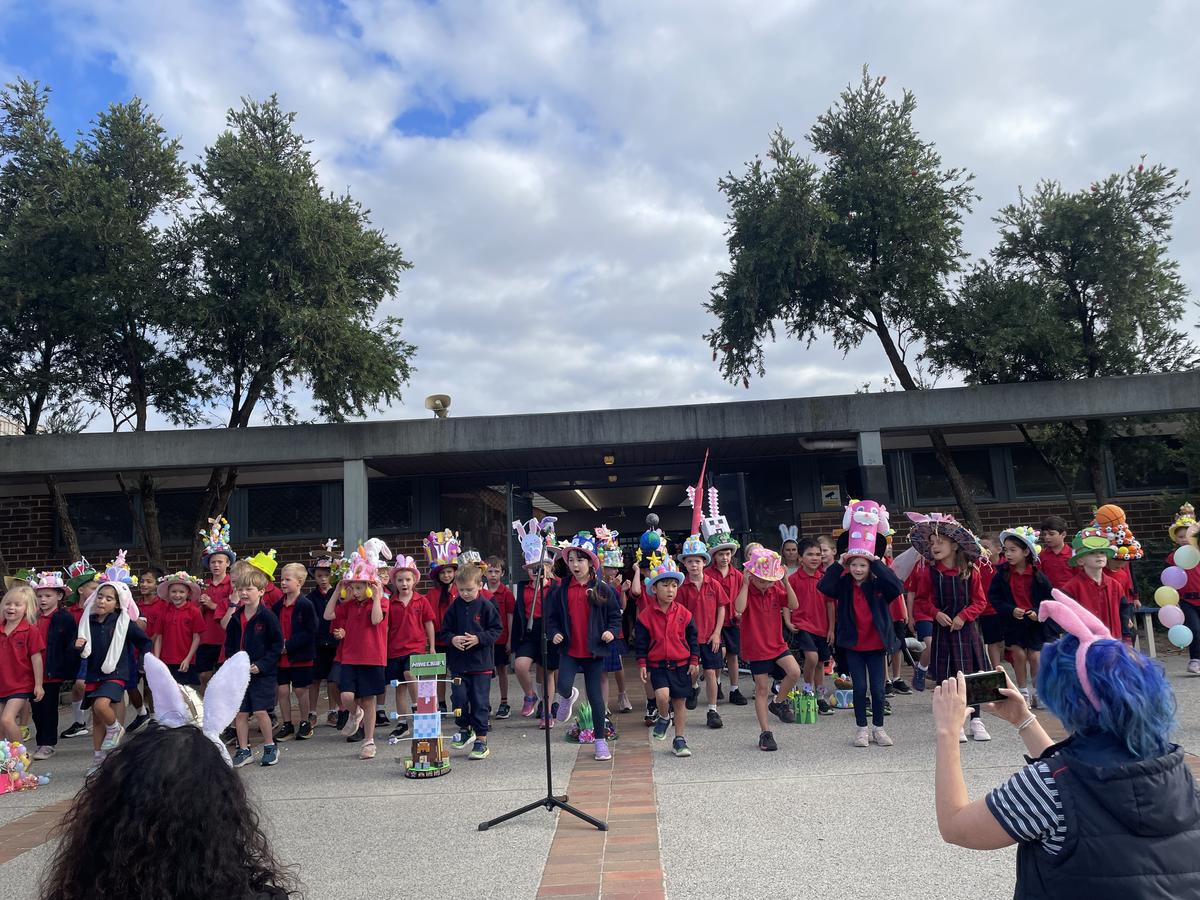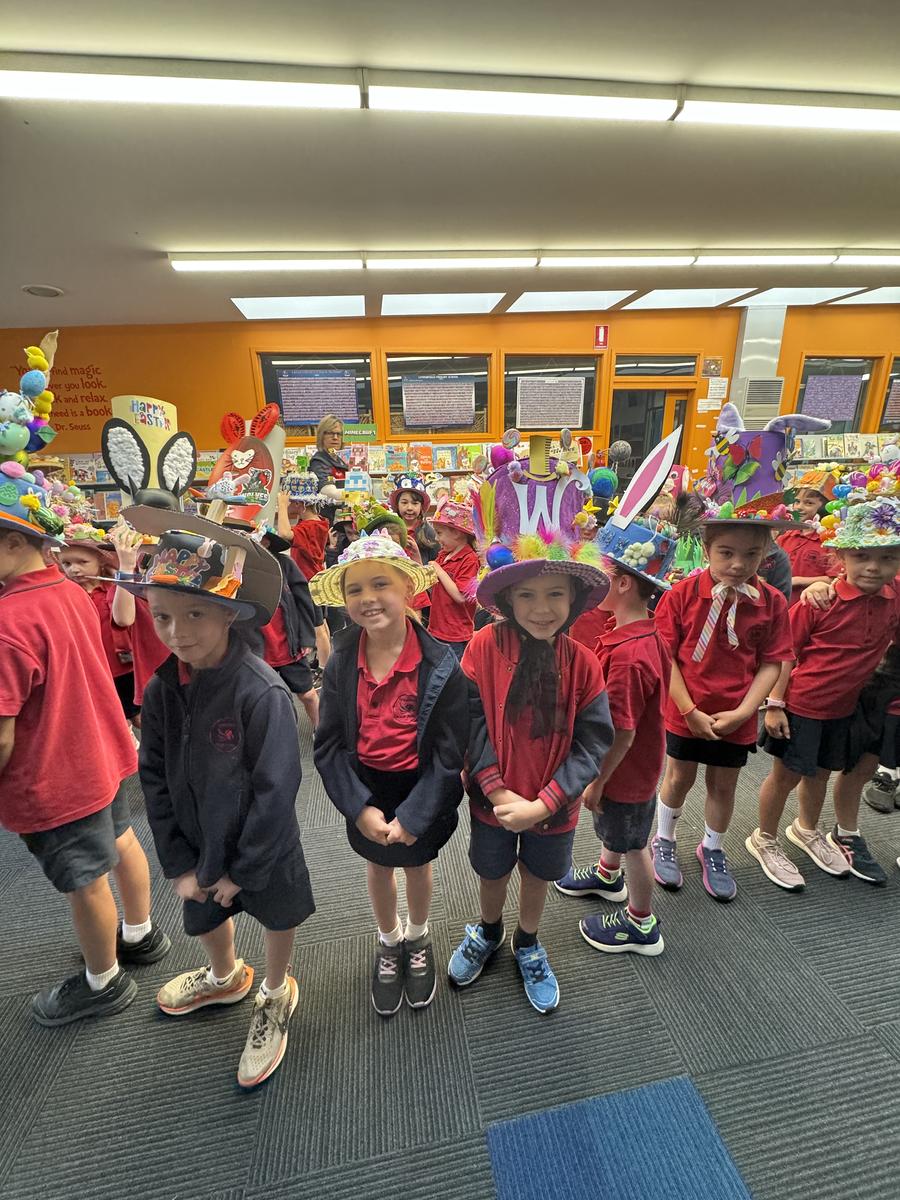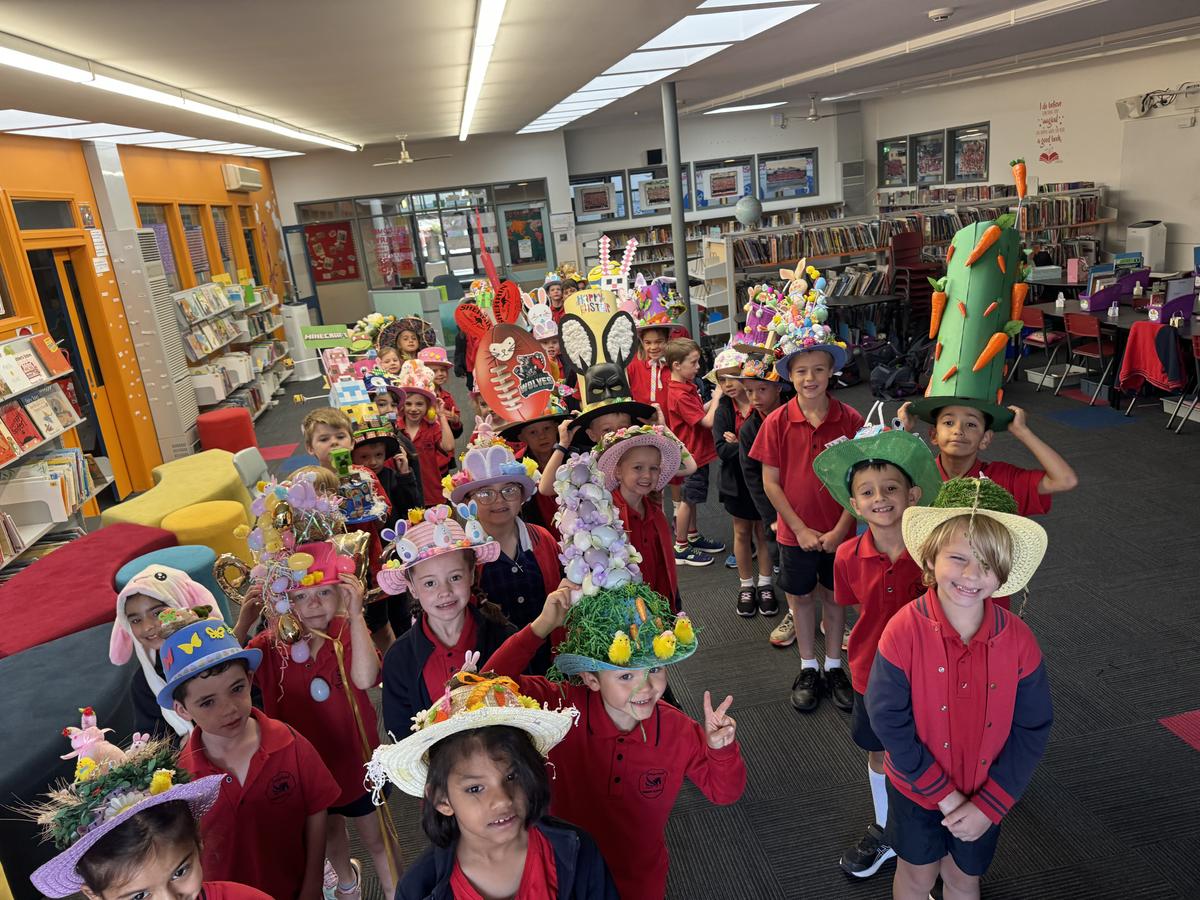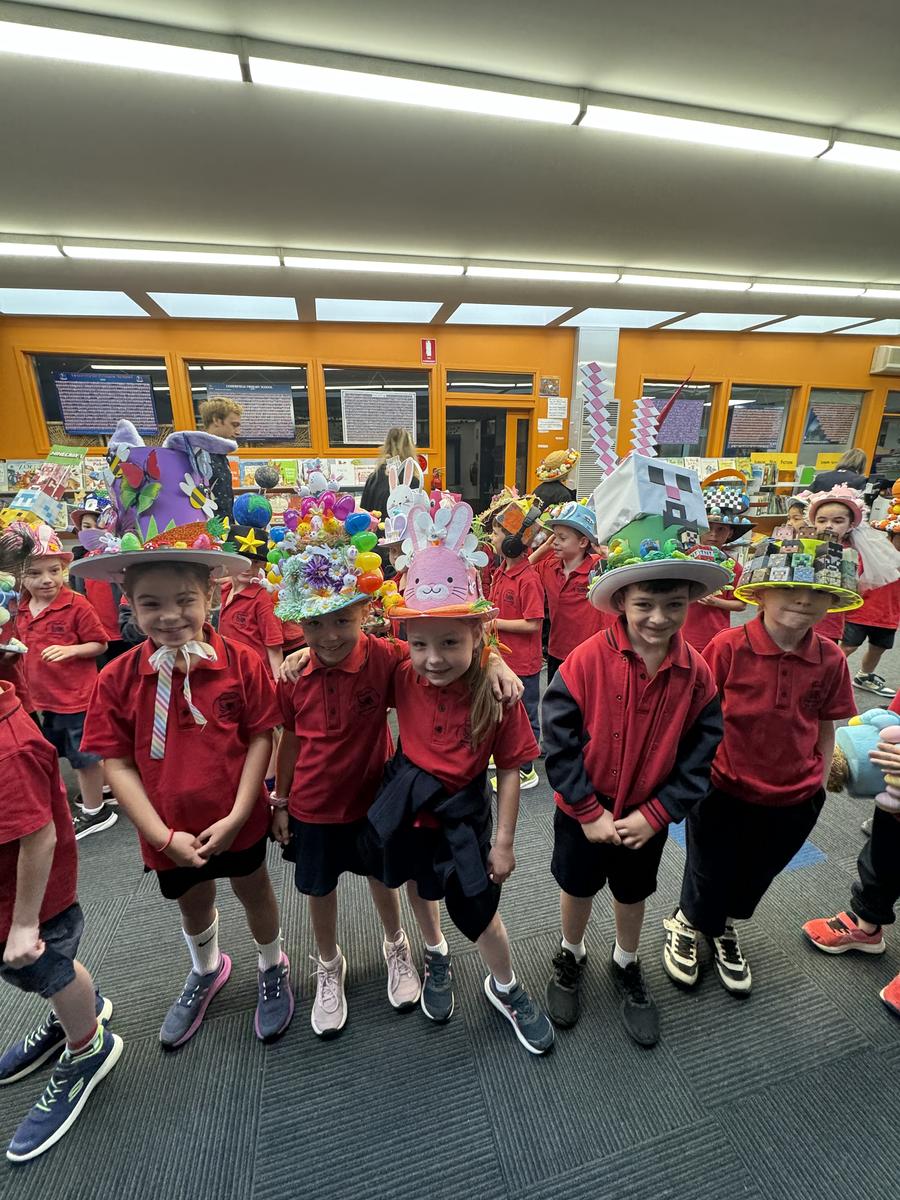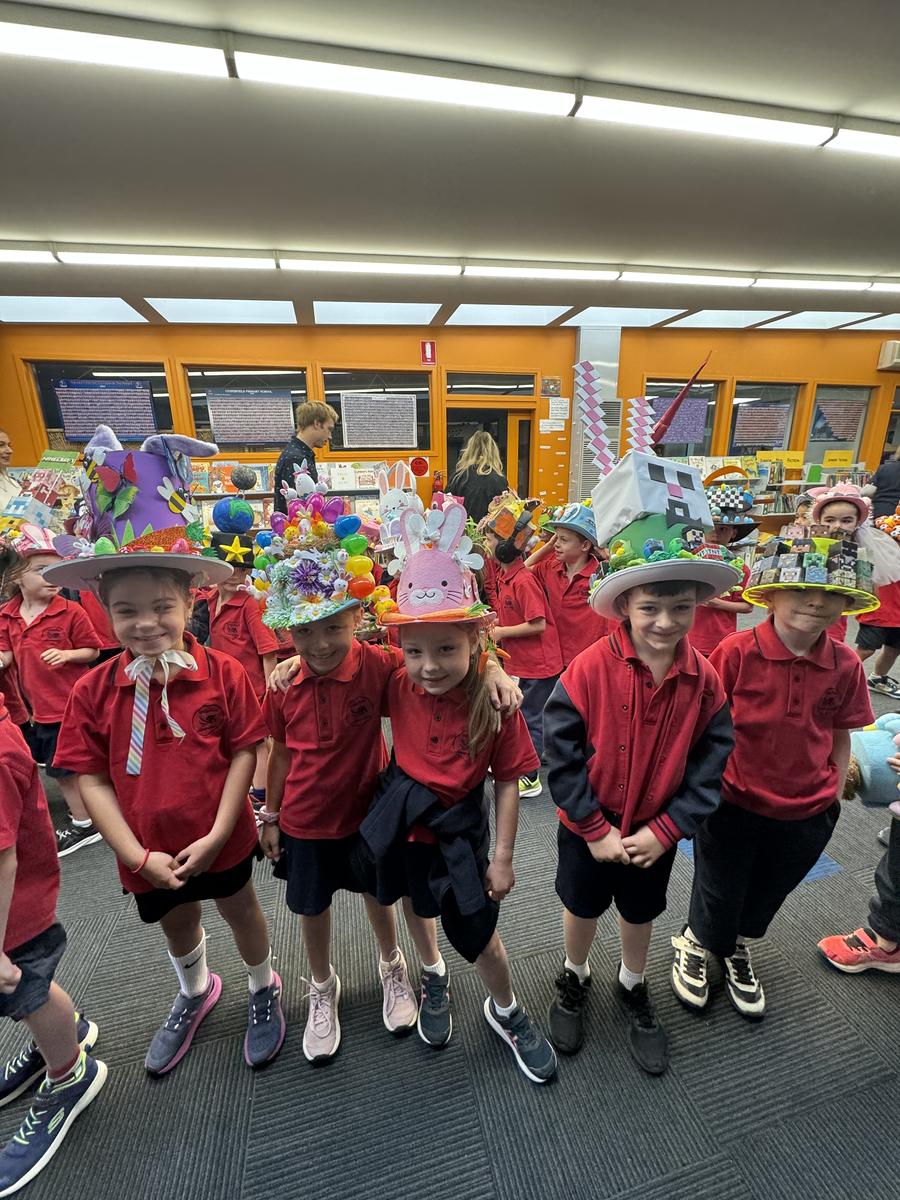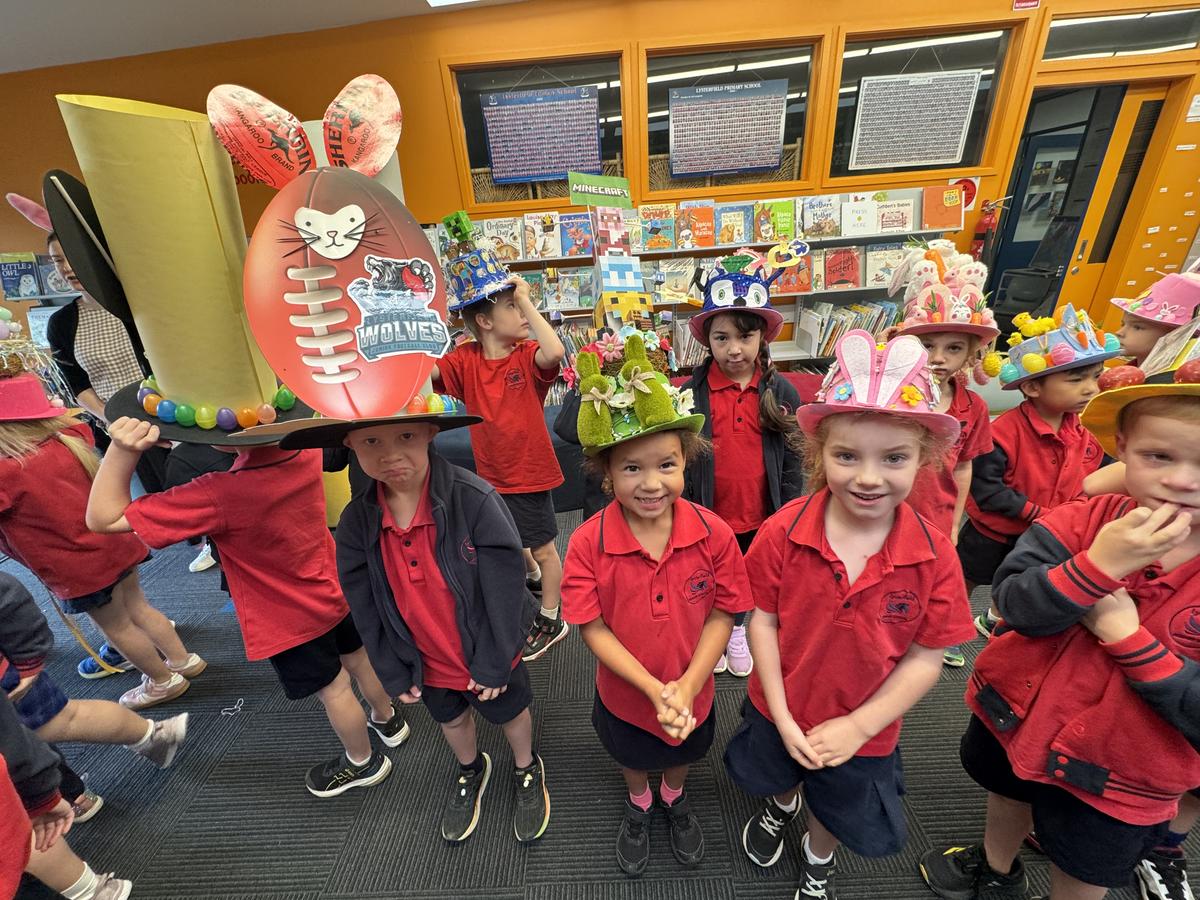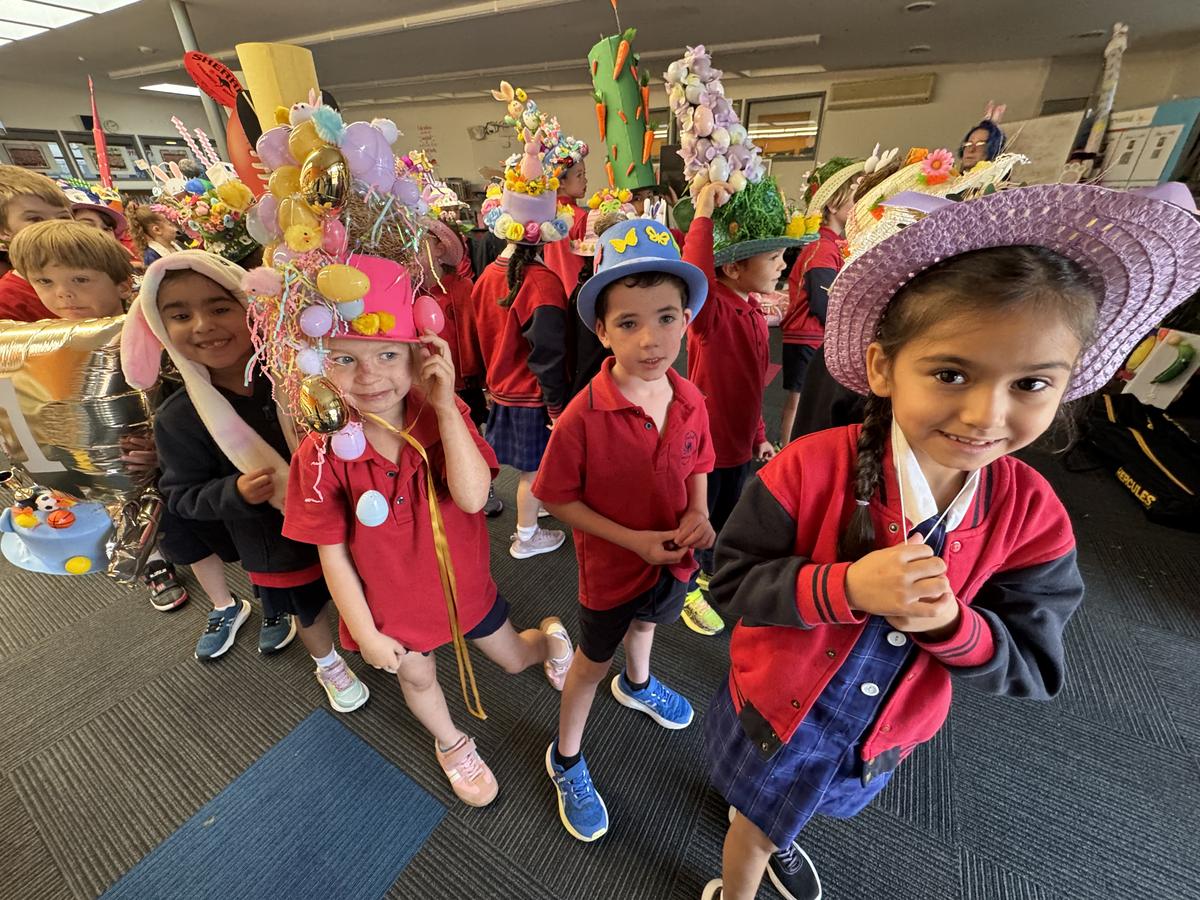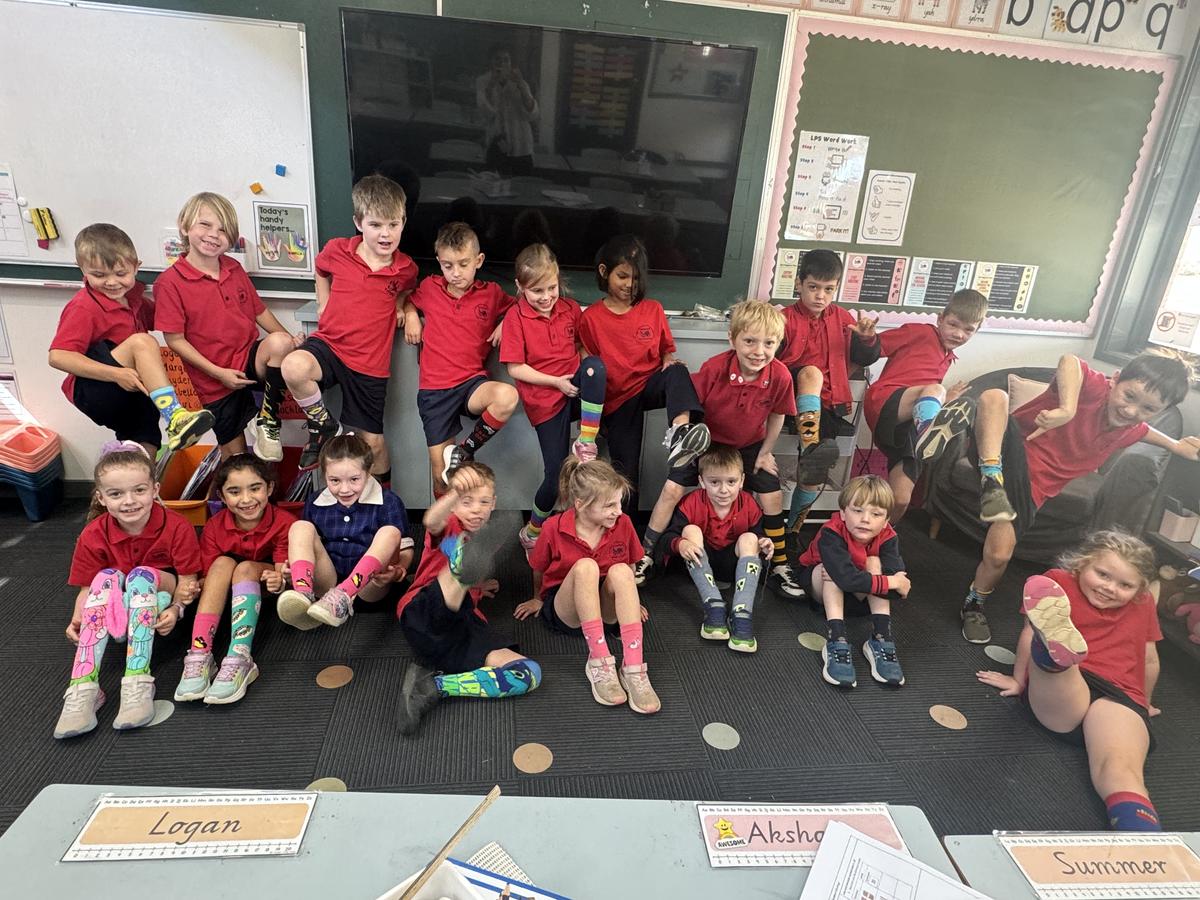Grade 1 News

Important Reminders
All important dates and events are on our Compass Calendar, please check the calendar regularly to stay up to date!
A few upcoming dates
Friday, April 25: ANZAC Day - Public Holiday
Thursday, May 8: Mother’s Day Stall
Monday, June 9: Monarch’s Birthday - Public Holiday
Thursday, July 3: Cultural Day
Friday, July 4: Last Day Term 2 - 2.30pm finish
Production dates:
Tuesday 2nd September
Wednesday 3rd September
Library
Please refer to the timetable below of which shows what day each class is going to the library. Please ensure your child has their library bag so they can borrow weekly.
Please remember to send your child's take-home folder to school each day.
Homework
For homework in Grade 1 the expectation is that students will read their take-home book to an adult each day. Every student will receive a new book from their classroom on a Monday. Students will need to return their previous book before receiving a new book.
Here are some optional activities:
Looking Back
Before we jump into a preview of Term 2, we want to share some photos from the end of Term 1.
Preview of Learning - Term 2
Literacy
We are excited to share with you the wonderful learning journey our Grade 1 students will be taking this term in literacy. Our focus will be on two engaging and meaningful areas: Indigenous Stories from the Past and Poetry. Each area is designed to help students develop their reading, writing, speaking, and listening skills, while also deepening their understanding of culture and self-expression.
Indigenous Stories from the Past
This term, students will be exploring Dreamtime stories – traditional Aboriginal stories that have been passed down through generations. These oral stories are an important part of Indigenous culture, helping to explain the natural world, answer life’s big questions, and teach important life lessons.
Through listening to, discussing, and retelling these stories, students will:
- Learn about Aboriginal and Torres Strait Islander cultures and perspectives
- Understand that stories can carry deep meanings and teachings
- Develop their comprehension skills
This is a rich opportunity for students to connect with Australia’s First Nations cultures and to understand the power of storytelling across generations.
Poetry
Our second focus this term is poetry. Students will be reading and writing a range of poems. They will discover that poems can come in many different shapes and forms – some rhyme, some don’t, some are short and sweet, and others are filled with vivid description.
Through our poetry unit, students will learn that:
- Different poems have different structures, such as diamantes, odes and rhyming couplets.
- Poetry is a powerful way to express feelings – whether it’s joy, sadness, excitement, or love.
Students will be writing their own poems, inspired by their own experiences and imaginations, and learning how to use descriptive language and rhythm to bring their words to life.
We look forward to a joyful and creative term of storytelling and self-expression. Thank you for your continued support in your child’s literacy journey. If you have any questions or would like to share resources or experiences related to these themes, we’d love to hear from you!
Numeracy
Our focus this term will be on developing a strong understanding of addition and subtraction – our learning will centre around building confidence with numbers, using hands-on activities, games, and visual tools to support student understanding. Here’s an overview of the key learning goals:
Addition
This term, students will explore addition as the process of combining parts to make a total. They’ll learn to represent and solve addition problems using a variety of methods, including objects, drawings, and number sentences.
Key learning goals include:
- Understanding that addition is putting parts together to make a total.
- Using language and actions like "add," "more," "altogether," and "join" to describe addition.
- Learning how to use number sentence science cards to represent their thinking.
- Understanding that the equals sign (=) means "the same as" – not just the answer!
- Discovering that numbers can be added in any order (e.g., 3 + 5 is the same as 5 + 3).
- Making connections between addition number sentences and real-life situations (e.g., “I had 2 apples and picked 3 more. Now I have 5!”).
Subtraction
Later in the term, we’ll move into subtraction, focusing on the idea of taking away from a total or finding a missing part.
Key learning goals include:
- Understanding that subtraction is taking parts away from a total.
- Using language and actions such as "take away," "less," "how many left?" and "difference."
- Recognising that the equals sign (=) still means "the same as", even in subtraction.
- Exploring subtraction as finding an unknown part – not just taking away but also figuring out what's missing.
- Using counting up as a strategy to solve problems (especially in real-life contexts, like, “I have 10 stickers and you have 6 – how many more do I have?”).
- Connecting subtraction number sentences to real-life situations to make maths meaningful and fun.
Location and Transformation
In this unit, students will explore positional language and movement to describe the location of objects and how they change position.
Key learning goals:
- Understanding and using positional language (e.g., near, next to, underneath, inside, outside, in front, around, below, above, left, right, forwards, backwards, under, clockwise, anticlockwise).
- Describing the position of objects using spatial language.
- Following and giving instructions that involve movement and turns.
- Using language to describe how an object has moved or changed position.
Students will enjoy plenty of hands-on activities, games, and movement-based tasks as they develop their spatial awareness and direction-giving skills.
Mass and Capacity
This hands-on unit will help students explore the concepts of weight and volume using everyday objects and informal measurement tools.
Key learning goals:
- Learn how to use a balance scale and understand that when objects are even, they weigh the same.
- Compare two objects and describe which is heavier, lighter, or the same.
- Understand that capacity is how much an object can hold.
- Use informal units (like cups, scoops, or blocks) to measure the capacity of containers.
- Compare the capacities of two containers, making predictions and testing them through exploration.
Students will become little scientists as they explore, measure, and compare through playful experimentation!
Knowledge Rich
Continents, Countries and Maps
Students will be learning about geographical concepts to build their background knowledge in order to support their reading comprehension and knowledge of the world around them.
The Big Idea: Maps and globes are convenient ways to show the locations and some of the human and physical characteristics of geographical elements.
Overview: We live on planet Earth. Earth is made up of land and water. The water includes large bodies of salt water called oceans, as well as freshwater lakes and rivers of various sizes. The land is divided into seven large areas called continents. These continents contain many different physical features, including tall mountains with snowy peaks, dry deserts, deep canyons, and fast-flowing rivers. Plants grow all over Earth’s land. They include deep forests of tall trees, thick, steamy rainforests full of trees and vines, and fields and plains of tall, wavy grass. Some parts of Earth are so dry that sand covers the ground and only a few plants can survive. Animals and plants depend on the land and water to live. Different animals and plants can be found in different areas of Earth, depending on the kind of land and the weather in those areas. In some places, plants and animals are endangered because of loss of habitat, hunting, or climate change. Weather is different all over Earth, and it affects the lives of plants, animals, and humans. Very far north and very far south on Earth, the weather is always cold and the ocean stays frozen all year long. In the middle sections of Earth, where the sun’s rays are the strongest, the weather rarely gets cold, but it is often wet. There are many different kinds of plants and animals; the same is true of the people in our world. People have different beliefs and different ways of celebrating important events. They eat different foods and wear different clothes. At the same time, all people share one important characteristic: they are human beings. One way to explore our world is to travel to different places. When people travel to different places, they often rely on maps for information. Maps can help you understand the geography of different parts of the world and help you get to places both near and far.
Animals and Habitats
This unit will occur later in the term, and we will provide an overview when it is coming up!
Wellbeing
This term, we’re continuing to build a classroom community where every child feels safe, valued, and connected. Our wellbeing program supports students in developing their emotional awareness, social skills, and self-confidence through fun and thoughtful activities.
Here’s what we’ll be focusing on in Wellbeing this term:
- Emotions Statues – Helping students recognise and express different emotions through body language and facial expressions.
- Emotion Triggers – Exploring what causes certain feelings and how we can respond in positive ways.
- Acts of Friendship – Discussing and practising ways to be a good friend in and out of the classroom.
- Sharing Stories of Kindness – Creating opportunities to share and celebrate small acts of kindness within our class.
- The Connections Game – A fun activity that builds partnership skills and helps children strengthen their social bonds.
- The Traffic Lights Game – Focusing on listening skills, understanding when to pause, listen, and take turns during conversations and play.
- Strength Detectives – Identifying and celebrating personal strengths and those of our classmates.
- Building the Strengths Display – Working together to create a visual celebration of the unique strengths in our classroom community.
These activities help us create a space where everyone feels seen and supported. We believe that when children feel good about themselves and each other, they’re ready to learn and thrive.
From the Grade 1 teachers,
Ms Holmes, Miss Albanese, Mrs Reynolds and Mrs Ryan
